Page 145 of 302

shoulder portion of the safety belt so that it is
positioned correctly .
Power safety belt h eight adju stment*
You ca n adjust the height of the safety belts
usi ng the multifunc tion b utton on the dr iver
or front passenger seat
c> page 56. The
shoulder portion of the sa fety belt sho uld r un
approximately across the midd le of the
shoulder -
never o ver the nec k c> A in Safety
bel t posi tion on page 141.
A WARNING
Always read and heed all WARNINGS and
other impo rtant informat io n
c> page 140 .
(D Tips
You can also ad just the height of the front
seats to c hange the position of the safety
be lts.
Improperly worn safety belts
Incorrectly posi tioned safety belts con cause
severe injuries.
Wearing safety be lts imprope rly can cause se
rio us injury or death. Safety belts can only
work when they are correct ly positioned on
the body . Improper seating positions reduce
the effect iveness of safety belts and w ill eve n
in crease the r isk of injury and death by mov
in g the safety belt to cr itical a reas of the
body. Imp roper seat ing pos it ions also in
crease the risk of serio us inj ury and de ath
when an airbag deploys a nd strikes an occu
pant who is not in the correct seating posi
tion . A driver is responsib le for the safety of
all vehicle occupants and especially for chi l
dren. Therefore :
~ Never permit anyone to ass ume an inco rrect
s itting position in the veh icle wh ile traveling
c> .,&. .
Sa fety belts 143
A WARNING
Improperly worn safety belts increase the
risk of serious persona l injury and death
whenever a vehicle is being used.
- Always make sure that all vehicle occu-
pants are correc tly restrained and stay in
a co rrect seating position whenever the
veh icle is being used .
- Always read a nd heed all WAR NINGS a nd
other important information
c> poge 140.
Safety belt preten
sioners
How safety belt pretensioners work
In front, side and rear-end collisions above a
particular severi ty and in a rollover, safe ty
belts ore tensioned automatically .
Reve rsible safety belt ten sione rs
The safety belts on the front seats are equip
ped with power reversib le tensioners . The fo l
lowing functions are ava ilab le when the driv
er 's/fro nt passenge r's safety belts are fas
tened :
- Automatic tens ioners: at the start of a drive,
the safety belts automat ica lly adjus t to the
passenger after a certain time period or ve
hicle speed . To switch the automatic ten
sioners off, select the following in the
MMI :
!CARI function button > Car sy ste m s> Vehi
cle settings > Seat s> Driv er's seat or P as
s eng er' s s eat
> Automati c belt ten sioner >
Off.
- I n cer tain dr iv ing s itu ations , the safety belts
may tighten w ith a revers ible tens ion ing
function
c> poge 188.
-The safety be lts may also t ighten wi th th is
reve rsible tensioning function in minor co lli
sions .
Pyrotechnic safety belt pretensioners
The safety belts are equipped with safety belt
p re tensioners. The system is ac tiva ted by sen
sors in fro nt, side and rear -end co llisions of
great severity and in a rollover. This tig htens
1J1>
•
•
Page 146 of 302
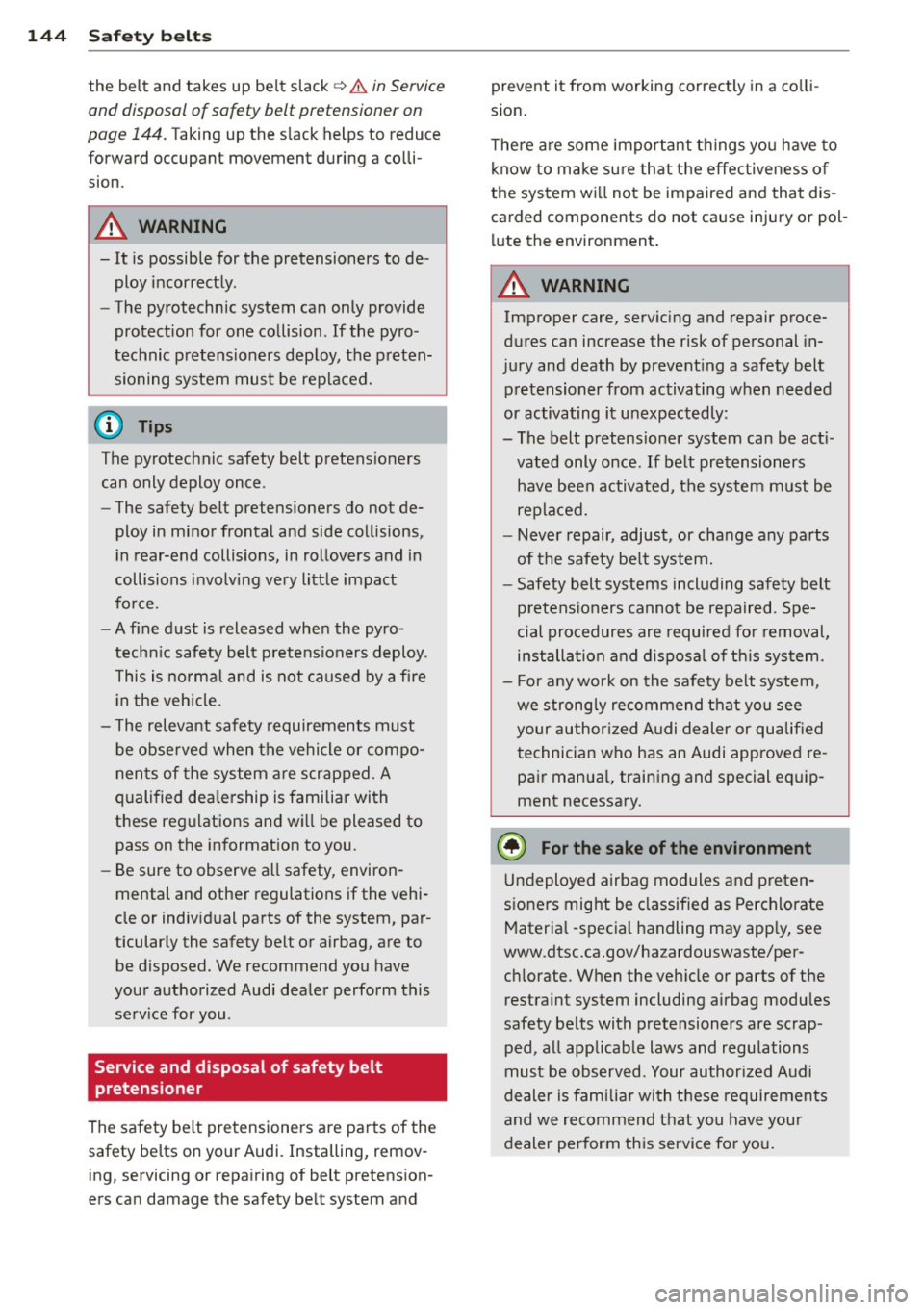
144 Safety belts
the belt and takes up belt slack c> .& in Service
and disposal of safety belt pretensioner on
pag e
144. Taking up the slack helps to reduce
forward occupant movement during a colli
sion.
_& WARNING
- It is possible for the pretensioners to de
ploy incorrectly .
- The pyrotechnic system can only provide
protection for one collision . If the pyro
technic pretensioners deploy, the preten sioning system must be replaced.
(D Tips
The pyrotechnic safety belt pretensioners can only deploy once .
- The safety belt pretensioners do not de
ploy in minor frontal and side collisions,
in rear-end collisions, in rollovers and in
collisions involving very little impact
force .
-A fine dust is released when the pyro
technic safety belt pretensioners deploy .
This is normal and is not caused by a fire
in the vehicle.
- The relevant safety requirements must
be observed when the vehicle or compo
nents of the system are scrapped . A
qualified dealership is familiar with
these regulations and will be pleased to
pass on the information to you.
- Be sure to observe all safety, environ
mental and other regulations if the vehi
cle or individual parts of the system, par
ticularly the safety belt or airbag, are to be disposed . We recommend you have
your authorized Audi dealer perform this
service for you .
Service and disposal of safety belt
pretension er
The safety belt pretensioners are parts of the
safety belts on your Audi. Installing, remov
ing, servicing or repairing of belt pretension
ers can damage the safety belt system and prevent it from working correctly
in a colli
sion.
There are some important things you have to
know to make sure that the effectiveness of
the system will not be impaired and that dis
carded components do not cause injury or pol
lute the environment.
_& WARNING
Improper care, servicing and repair proce
dures can increase the risk of personal in
jury and death by preventing a safety belt
pretensioner from activating when needed
or activating it unexpectedly :
- The belt pretensioner system can be acti
vated only once . If belt pretensioners
have been activated, the system must be
replaced.
- Never repair, adjust, or change any parts
of the safety belt system.
- Safety belt systems including safety belt
pretensioners cannot be repaired. Spe
cial procedures are required for removal,
installation and disposal of this system.
-For any work on the safety belt system,
we strongly recommend that you see
your authorized Audi dealer or qualified
technician who has an Audi approved re
pair manual, training and special equip
ment necessary.
@ For the sake of the environment
Undeployed airbag modules and preten
sioners might be classified as Perchlorate
Material -special handling may apply, see
www .dtsc.ca.gov/hazardouswaste/per
chlorate. When the vehicle or parts of the restraint system including airbag modules
safety belts with pretensioners are scrap ped, all applicable laws and regulations
must be observed . Your authorized Audi
dealer is familiar with these requirements
and we recommend that you have your
dealer perform this service for you.
Page 147 of 302

Airbag system Important things to know
Importance of wearing safety belts and
sitting properly
Airbags are only supplemental restraints. For
airbags to do their job , occupants must al
ways properly wear their safety belts and be
in a proper seating position.
For your safety and the safety of your passen
gers, before driving off, always:
"" Adjust the driver's seat and steering wheel
properly ¢
page 128,
"" Adjust the front passenger's seat properly
¢page 55,
""Wear safety be lts properly ¢ page 140,
""Always properly use the proper child re-
straint to protect chi ldren
r::::> page 169.
In a collision, airbags must inflate within the
blink of an eye and with considerable force.
The supplemental airbags can cause injuries if
the driver or the front seat passenger is not
seated properly . Therefore in order to help the
a ir bag to do its job, it is important, both as a
driver and as a passenge r to s it properly at all
times.
By keeping room between your body and the
steer ing wheel and the front of the passenger
compartment, the airbag can inflate fully and
comp letely and provide supplemental protec
tion in certain frontal collisions
r::::> page 128,
Proper occupant seating positions.
F or details
on the operation of the seat adjustment con
trols ¢
page 55.
It's especially important that children a re
properly restrained
r::::> page 169.
There is a lot that the driver and the passen
gers can and must do to help the individual
safety features installed in your Aud i work to
gether as a system.
Proper seating pos ition is important so that
the front airbag on the driver side can do its
job. If you have a physical impairment or con-
Airbag system 145
dition that prevents you from sitting properly
on the driver seat with the safety belt properly
fastened and reaching the pedals, or if you
have concerns with regard to the function or
operation of the Advanced Airbag System,
please contact your author ized Audi dealer or
qualified workshop, or call Audi Customer
CARE at 1-800-822-2834 for possible modifi
cations to your vehicle .
When the airbag system dep loys , a gas gener
ator will fill the a irbags, break open the pad
ded covers, and inflate between the steer ing
whee l and the driver and between the instru
ment panel and the front passenger. The air
bags will deflate immediately after deploy
ment so that the front occupants can see
through the windshield again without inter ruption.
A ll of th is takes place in the blink of an eye, so
fast that many people don't even realize that
the airbags have deployed. The airbags a lso
inflate with a great dea l of force and nothing
shou ld be in their way when they deploy.
Front airbags in combination with properly
worn safety belts slow down and lim it the oc
cupant's forward movement. Together they
help to prevent the driver and front seat pas
senger from hitting parts of the inside of the
vehicle while reducing the forces acting on the
occupant during the crash. In this way they
help to reduce the risk of injury to the head
and upper body in the crash. Airbags do not
protect the arms or the lower parts of the
body.
Both front airbags will not inf late in all fronta l
collisions . The triggering of the airbag system
depends on the vehicle dece lerat ion rate
caused by the collision and registered by the
electron ic control unit. If th is rate is below
the reference value programmed into the con
trol unit, the airbags will not be trigge red,
even though the car may be bad ly damaged as
a result of the collision . Vehicle damage, re
pair costs or even the lack of ve hicle damage
is not necessarily an indication of whether an
airbag should inf late or not . •
•
Page 148 of 302
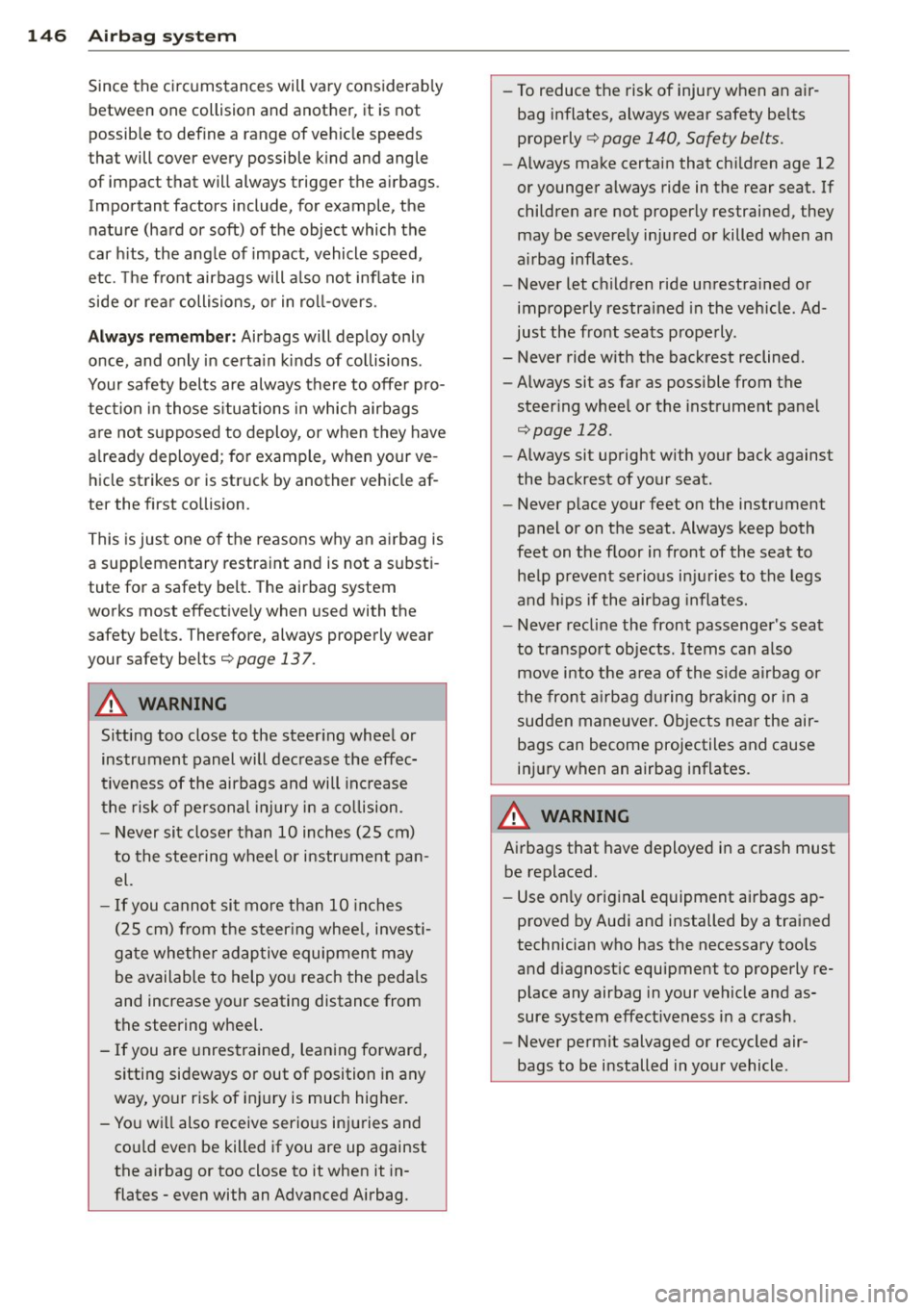
146 Airbag sys te m
Since the cir cumstances will vary considerab ly
between one collision and anot her, it is not
possib le to def ine a range of vehicle speeds
that will cover every possible k ind and angle
of impact that will always trigger the airbags.
Important factors include, for example, the
nature (hard or soft) of the object which the
car h its, the ang le of impact, vehicle speed,
etc. The front airbags will also not inflate in
side or rea r collisions, or in ro ll-overs .
Always remember : Airbags will deploy only
once, and only in certa in kinds of co llisions.
Your safety belts are always there to offer pro
tection in those s ituations in which airbags
are not supposed to deploy, or when they have
a lready deployed; for example, when your ve
hicle strikes or is struck by another vehic le af
ter the first co llision.
This is just one of the reasons why an airbag is
a supplementary restraint and is not a substi
tute for a safety belt . The airbag system
works most effect ively when used with the
safety belts. Therefore, always properly wear
your safety belts
c::;, page 137.
A WARNING
Sitting too close to the steer ing wheel or
instrument panel will dec rease the effec
t iveness of the airbags and will increase
the risk of personal injury in a collision .
- Never sit closer than 10 inches (2S cm)
to the stee ring wheel or instrument pan
el.
- If you cannot sit more than 10 inches
( 2 5 cm) from the s teer ing whee l, investi
gate whethe r adaptive equipmen t may
be available to help you reach the pedals
and increase your seating distance from
the steering wheel.
- If you are unrestrained, lean ing fo rward,
sitting sideways or out of position in any
way, your risk of in jury is much higher.
- You will also receive serio us injuries and
cou ld even be killed if you are up against
the airbag or too close to it when it in
flates - even with an Advanced Airbag. -
To reduce the risk of injury when an a ir
bag inflates, always wear safety be lts
properly
c::;, page 140, Safety belts.
- Always make certain that ch ildren age 12
or younger always ride in the rear seat. If
children are not properly restrained, they
may be severely injured or killed when an
airbag inflates.
- Never let children ride unrestrained or
improperly restrained in the vehicle. Ad
just the front seats prope rly .
- Never ride with the backrest reclined.
- Always sit as far as possible from the
steer ing whee l or the instrument pane l
c::;, page 128.
-Always sit upright with your back against
the backrest of your seat .
- Never p lace your feet on the instrument
panel or on the seat. Always keep both
feet on the floor in front of the seat to
help prevent serio us in ju ries to the legs
and h ips if the airbag inflates.
- Never recline the front passenger 's seat
to transpor t objects , Items can a lso
move into the a rea of the s ide airbag or
the front a irbag du ring bra king or in a
sudden maneuve r. Objects nea r the air
bags can become projectiles and cause
in jur y when an airbag inflates.
A WARNING ~
Airbags that have deployed in a crash must
be replaced.
- Use on ly orig inal equipment airbags ap
proved by Aud i and installed by a trained
technician who has the necessary too ls
and d iagnost ic equipment to properly re
p lace any airbag in your vehicle and as
sure system effectiveness in a crash .
- Never permit salvaged or recycled air
bags to be installed in your vehicle.
Page 149 of 302

Child restraints on the front seat - some
important things to know
.. Be sure to read the important informat ion
and heed the WARNINGS for important de
tai ls about chi ldren and Advanced Airbags
~ page 169.
Even though your vehicle is equipped with an
Advanced Airbag System, make certain that
a ll chi ldren, especially those 12 years and
younger, always ride in the back seat properly restra ined for their age and si ze. The airbag
on the passenger side makes the front seat a potentially dangerous place for a child to r ide .
The front seat is not the safest place fo r a
chi ld in a fo rward-facing chi ld seat. It can be a
very dange ro us p lace for an infant or a ch ild in
a rearward -facing seat.
The Advanced Airbag System i n your veh icle
h as been cert ified to comp ly with the require
men ts of Uni ted States Federa l Mo to r Veh icle
Safety Standard 208 as applicable at the time
your vehicle was manufactured.
The Standard requires the front a irbag on the
passenger side to be turne d off ("sup
p ressed") if a chi ld up to about one year of
age restrained in one of the rear -facing or for
ward -facing infant restraints listed i n Federal
Motor Vehicle Safety Standard 208 with wh ich
the Advanced Airbag System in your vehicle
was certified has been installed o n the front
passenger seat . For a listing of the child re
straints that we re used to certify compliance
with the US Safety Standard ~
page 171.
The PASSENGER AIR BAG OFF light in the in
strument panel te lls you when the front Ad
vanced A irbag on the passenger side has been
turned off by the e lectronic control u nit.
Each t ime you sw itch on the ignit ion, the
PAS
SENGER AIR BAG OFF
l ight w ill come on for a
few seconds a nd:
- will stay on if the front passenger seat is not
occup ied ,
- will stay on if there is a small child or child
restraint on the front passenger seat,
A irbag sys tem 147
- will go off if the front passenger seat is oc
cupied by an adult as registered by the
weight -sensing mat ¢
page 156, Monitor
ing the Advanced Airbag System.
T he PASSENGER AIR BAG OFF light comes on
whe n the contro l unit detects a tota l weight
on the front passenger seat that req uires the
front a irbag to be turned off.
If the total weight on the front passenger
seat is more than that of a typical 1 year-old
c h il d but less than the weight of a small
adult, the front airbag on the passenger side can deploy (the
PASSENGER AIR BAG OFF
li ght does not come on). If the PASSENGER
AIR BAG OFF
light does not come on, the
front a irbag on the passenger side has not
been turned off by the elect roni c con trol unit
and can deploy if the control unit se nses an
impact that meets the cond it ions stored i n its
memory .
For example, th e airb ag may deplo y if:
- a small ch ild that is heav ie r than a typical 1
year-old ch ild is o n the front passenger seat
(regard less of whether the child is in one of
the ch ild seats l isted
¢ page 171), or
- a child who has outgrown child restraints is
on the front passenge r seat.
If the front passenger airbag is turned off, the
PASSENGER AIR BAG OFF light comes on in
the instr ument cluster and stays on .
The front airbag on the passenger side may
not deploy (the PASSENGER AIR BAG OFF
l ight does not illum inate and stay lit) even if a
small ad ult o r teenager, or a passenger who is
not sitti ng uprig ht w ith their back against a
non -recli ned back rest w it h thei r feet on the
vehicle floor in front of the sea t is on t he front
passenger seat~
page 128, Proper seating
position for the driver.
If t he fron t passenger ai rbag dep loys, the
Federa l Standard requ ires the airbag to meet
the "low risk" dep loyment criteria to reduce
the ris k of injury t hro ugh inte ract ion w ith the
airbag. "Low risk" dep loyment occ urs in those
crashes that take place at lowe r dece lerat ions .,.. •
•
Page 150 of 302

148 Airbag sys tem
as def ined in the electronic control unit
Q page 156, PASSENGER AIR BAG OFF light.
A lways remember, a ch ild sea t or infan t carr i
e r i nsta lled on the front sea t may be struck
and knocked out of position by the rapidly in
flating passenger's airbag in a frontal colli
sion. The airbag could greatly reduce the ef
fectiveness of the chi ld restraint and even se
rious ly injure the child during inflat ion.
F or this reason, and because the back seat is
the safest p lace for chi ldren -when p roperly
restra ined accord ing to their age and si ze -we
strongly recommend that children always sit
in the back seat
Q page 169, Child Safety .
A WARNING
A child in a rearward-facing child seat in
stalled on the front passenger s eat will be
ser iously injured and can be killed if the
front airbag inflates -even with an Ad
vanced Airbag System.
- The inflating a irbag will hit the child seat
or inf ant carrier w ith great force and w ill
smash the ch ild seat and child agains t
the backrest, center armrest, door or
roof .
- Always install rear -facing child sea ts on
the rear seat .
- If you mus t install a rearward facing
child seat on the f ront passenge r seat
because of except iona l circumstances
and the
PASSENGER AIR BAG OFF light
does not come on and stay on, immedi
ately i nstall the rear-facing chi ld seat in a
rear seating position and have the airbag
system inspected by your Aud i dealer .
- Forward-fac ing ch ild seats installed on
the front passenger's seat may in terfere
with the deployme nt of the airbag and
c ause se rious pe rsonal injury to the
ch ild.
A WARNING
If, in exception al c ircumstances, you mus t
install a forwa rd-facing child restra int on
the front passenger's seat: -
Always make sure the forward-facing
seat has been designed and certified by
its manufacturer for use on a front seat
with a passenger front and s ide a irbag .
- Never put the forward-facing child re
straint up against or very near the instru ment panel.
- Always move the passenger seat into its
rearmost pos ition in the seat's fore a nd
aft ad justment range, as fa r away from
the airbag as possible b efore installing
the forwa rd-fa cing ch ild restra int. The
b ackrest mus t be a djusted to a n up right
position.
- Make sure that the
PASSENGER AIR BAG
OFF
li ght comes on and st ays o n all the
time wheneve r the ignition is swi tched
on.
A WARNING -ra-----
To reduce the risk of serious injury, make
sure that the
PASSENGER AIR BAG OFF
light will be displayed whenever a child re
straint is installed on the front passenger
seat and the ignition is sw itched on.
- If the
PASSENGER AIR BAG OFF light
does not stay on, perform the checks de
scribed
Q page 156, Monitoring the Ad
vanced Airbag System .
-Take t he chi ld restraint off the front pas
senger seat and install it prope rly at one
of the rear seat positions if the
PASSEN
GER AIR BAG OFF
light does not stay on.
- Have the airbag system inspected by
your Aud i dea le r i mmediately .
- Always carefully follow instr uctions from
child restraint manufacture rs when in
stall ing c hild restra ints .
A WARNING
If, in except iona l circumsta nces, you m ust
i nstall a forward or rearwa rd-fa cing child
r estra int on the front p assenger's se at:
- I mp roper ins tallatio n of ch ild restra ints
c a n reduce their effectiveness or even
p revent them from providing any protec -
tion. .,..
Page 151 of 302

-An improperly installed child restraint
can interfere with the airbag as it de
ploys and seriously injure or even kill the
child -even with an Advanced Airbag
System.
- Always carefully follow the manufactur
er's instructions provided with the child
seat or carrier .
- Never place additional items on the seat
that can increase the total weight regis
tered by the weight-sensing mat and can cause injury in a crash.
Front airbags
Description of front airbags
The airbag system can provide supplemental
protection to properly restrained front seat occupants.
Fig. 148 Location of driver air bag: in steer ing wheel
Fig. 149 Location of front passenger's airbag: in the in
st rum ent panel
Your vehicle is equipped with an "Advanced
Airbag System" in compliance with United
States Federal Motor Vehicle Safety Standard
(FMVSS) 208 as applicable at the time your
ve hicl e was manufactured. The system senses
the position of the front seats and controls
front airbag inflation with a valve, depending
Airbag system 149
on the distance between the respective seat
and the steering wheel or instrument panel.
The safety belts for the seats have "preten
s ioner s" that help to take s lack out of the belt
system. The pretensioners are also activated
by the electronic control unit for the airbag
system.
The front safety belts also have load limiters
to help reduce the forces applied to the body
in a crash.
The airbag for the driver is in the steering
wheel hub¢
fig. 148 and the airbag for the
front passenger is in the instrument panel
¢
fig . 149. The general location of the airbags
is marked "AIRBAG ".
There is a lot you need to know about the air
bags in your vehicle. We urge you to read the
detailed information about airbags, safety
belts and child safety in this and the other
chapters that make up the owner's literature.
Please be sure to heed the WARNINGS -they
are extremely important for your safety and
the safety of your passengers, especially in
fants and small children.
Never rely on airbags alone for protection.
- Even when they deploy, airbags provide
only supplementa l protect ion .
- Airbag work most effective ly when used
with properly worn safety belts.
- Therefore, always wear your safety belts
and make sure that eve rybody in your ve
hicle is properly restrained .
&_ WARNING
A person on the front passenger seat, es
pec ially infants and sma ll children, will re
ceive serious injuries and can even be kil
led by being too close to the airbag when
it inflates .
- Although the Advanced Airbag System in
your vehicle is designed to turn off the
front passenger airbag if an infant or a small child is on the front passenger
seat, nobody can absolutely guarantee
11-
Page 152 of 302

150 Airbag sys te m
that deployment under these special
condit ions is impossible in all conceiva
ble situations that may happen during
the useful life of your vehicle .
- The Advanced Airbag System can deploy
in accordance with the "low risk" opt ion
under the U.S . Federal Standard if a child
that is heavier than the typical one-year old child is on the front passenger seat
and the othe r cond itions for airbag de
ployme nt are met .
- Ac cident statist ics have shown that chi l
dren are generally safer in the rea r seat
are a than in the front sea ting posi tion.
- For their own safety, all chi ld ren, espe
cially 1 2 ye ars and younger, sho uld a l
ways ride in the back properly rest rained
for their age and size .
Advanced front airbag system
Your vehicle is equipped with a front Advanced
Airbag System in compliance with Un ited
States Federal Motor Vehicle Safety Standard
208 as applicable at the time your vehicle was manufactured .
The front Advanced Airbag System supple ments the safety belts to provide addit iona l
protection for the driver's and front passeng
er's heads and upper bodies in frontal crashes .
The airbags inflate only in frontal impacts
when the vehicle dece le rat ion is high enough .
The front Advanced Airbag System for the
front seat occupants is not a substitute for
your safety bel ts . Rather , it is part of the over
a ll occupant restraint system i n your veh icle .
A lways remember tha t the airbag system ca n
on ly help to pro te ct yo u, if you are s itting up
right , wearing yo ur safe ty belt and wearing it
properly. This is w hy you and yo ur passenge rs
m ust always be proper ly restrained, not just
because the law requires you to be.
The Advanced Airbag System i n your veh icle
has been certified to meet the " low ris k" re
qu irements for 3 and 6 year-o ld children on
the passenger side and very small adu lts on
the dr iver side. The low risk deployment crite- r
ia are intended to help reduce the r is k of i n
jury through interaction with the front airbag that can occur, for example, by being too
close to the steering wheel and instrument
panel when the airbag inflates.
In addition, the system has been certified to
comply with the "s uppression" requirements
of the Safety Standard, to turn off the front
airbag for infants 12 months o ld and younger
who are restrained on t he front passenge r
seat in child restraints that are listed in the
Standa rd ¢
page 171, Child restraints and
Advanced Airbags .
"Suppression" requires the front a irbag on the
passenger s ide to be turned off if :
- a child up to about one year of age is re strained on the front passenger seat in one
of the rear -fac ing or fo rward-facing infant
restrai nts listed i n Federal Motor Vehicle
Safety Standard 208 with which the Ad
vanced Airbag System in your vehi cle was
cert ified . F or a listing of the ch ild res traints
t ha t were used to certify your vehi cle's com
pliance w it h t he US Sa fety Standard
¢ page 171,
-weight less than a thresho ld level stored in
the control unit is detected on the front pas
senger seat .
When a person is detected on the front p as
senger seat, weighing more than the tota l
weight of a chi ld that is about 1 year old re
strained in one of the rear -facing or forward
facing infant restraints ( listed in Federal Mo
tor Vehicle Safety Standard 208 w it h which
the Advanced Airbag System in your vehicle
was certified), the front airbag on the passen
ger side may or may not deploy .
The
PASSENGER AIR BAG OFF light comes on
whe n the electronic contro l unit detects a to
ta l we ight on the fron t passe nger seat that re
quires the front airbag to be t urned off . If the
PASSENGER AIR BAG OFF light does not
come on, the fron t air bag on the passenger
s ide has not been turned off by the cont ro l
u nit and can dep loy if the control unit senses ..,_
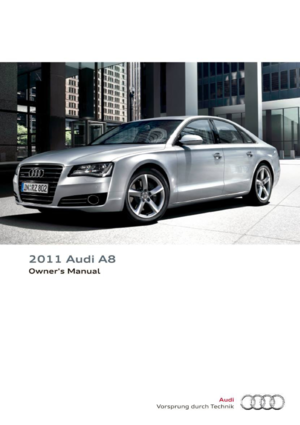 1
1 2
2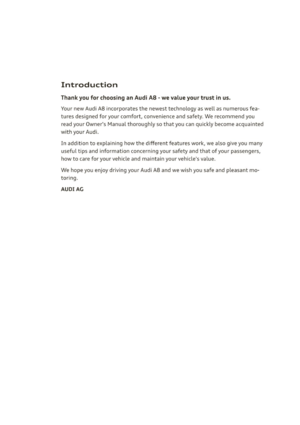 3
3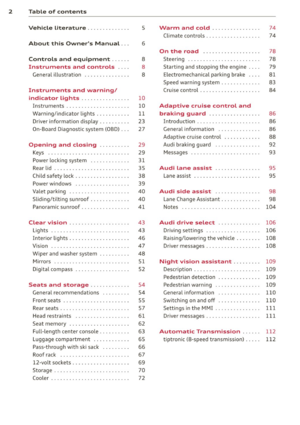 4
4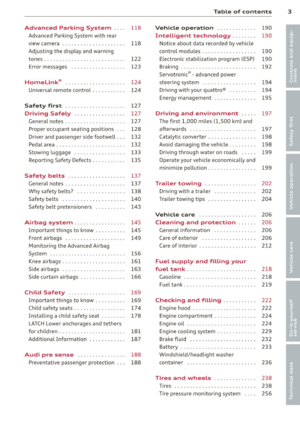 5
5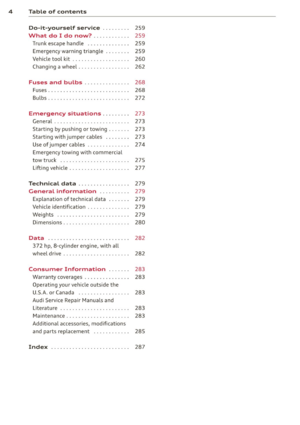 6
6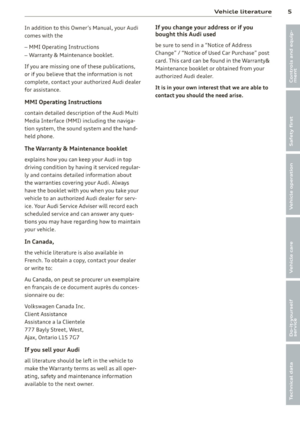 7
7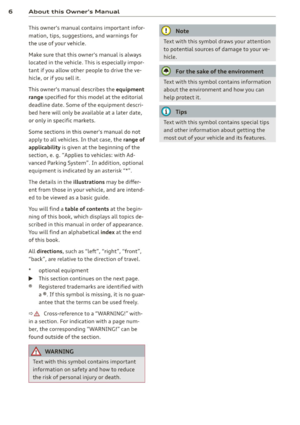 8
8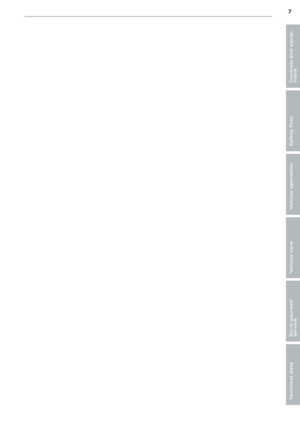 9
9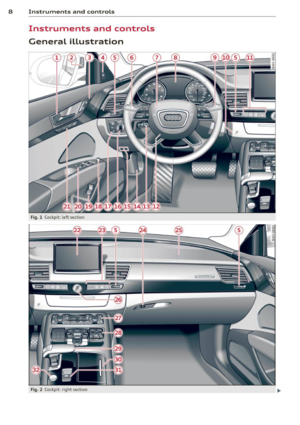 10
10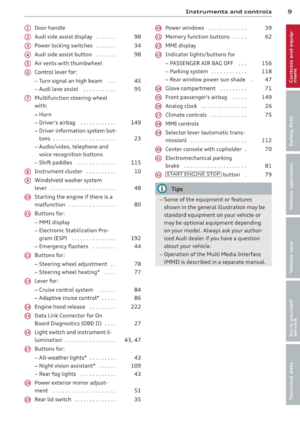 11
11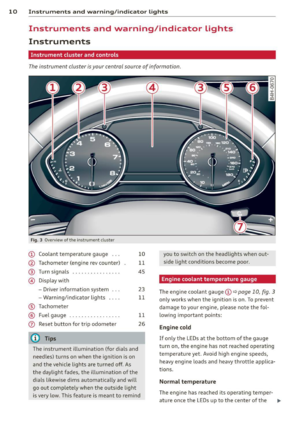 12
12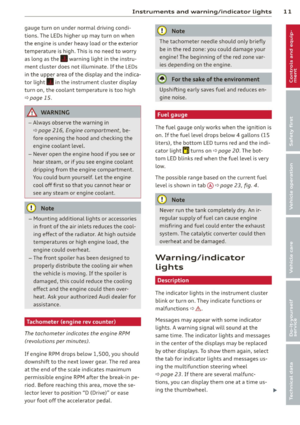 13
13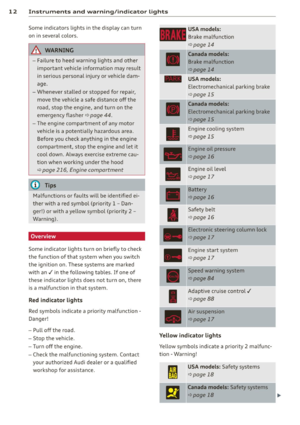 14
14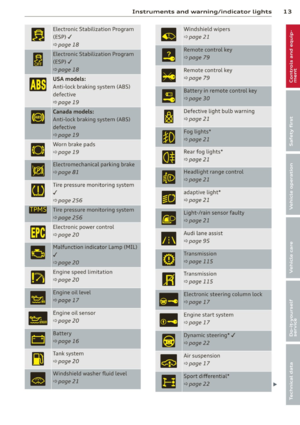 15
15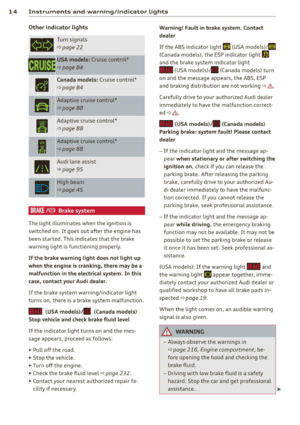 16
16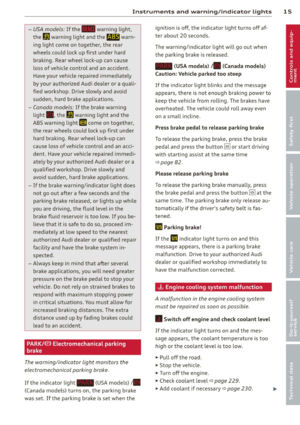 17
17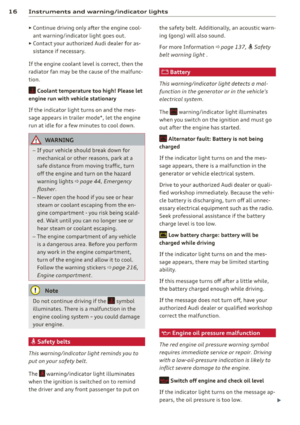 18
18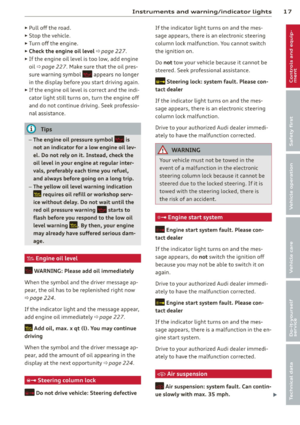 19
19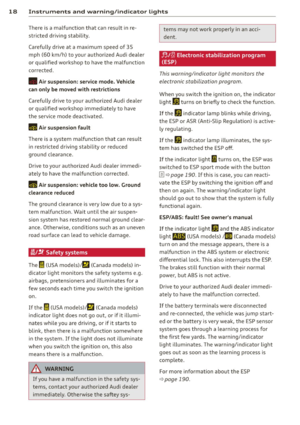 20
20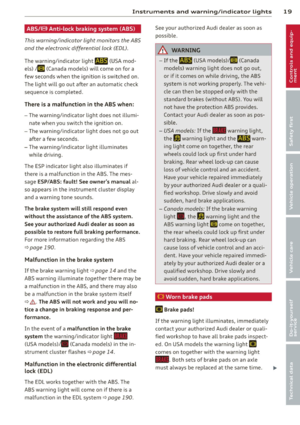 21
21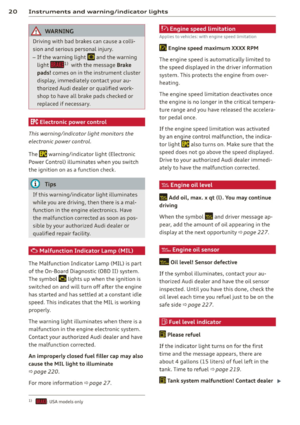 22
22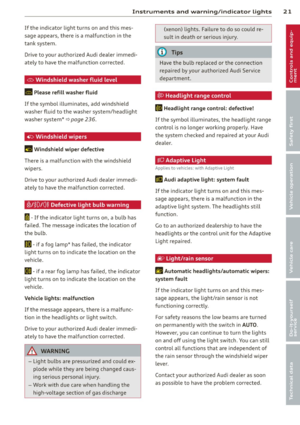 23
23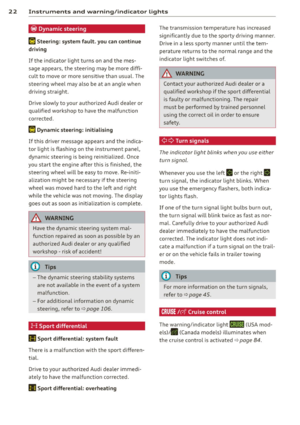 24
24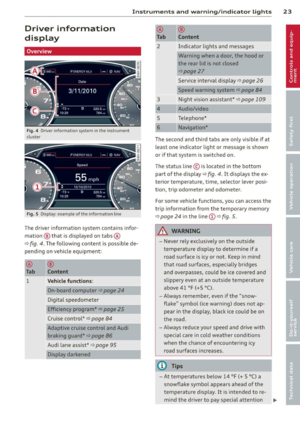 25
25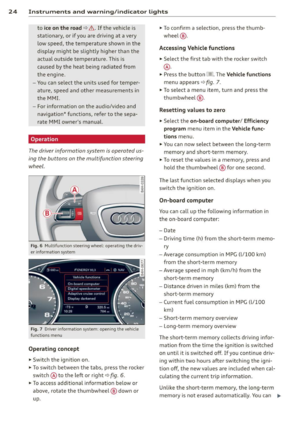 26
26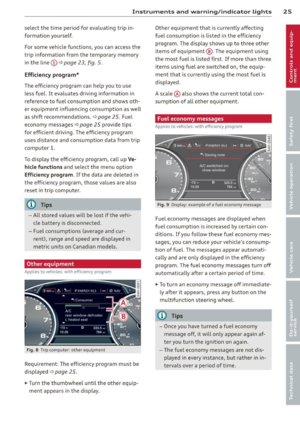 27
27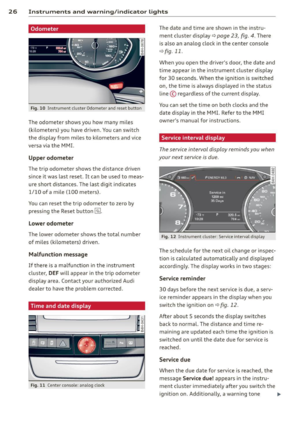 28
28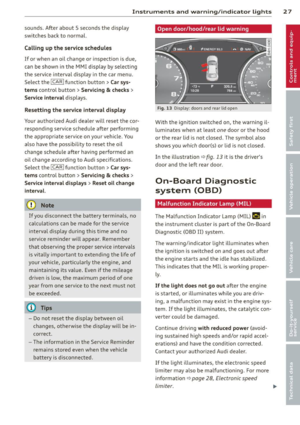 29
29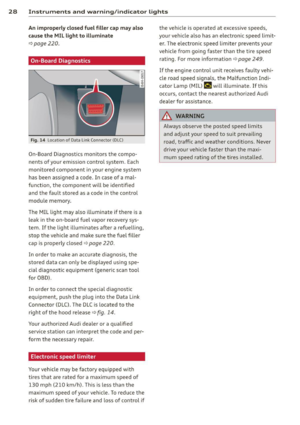 30
30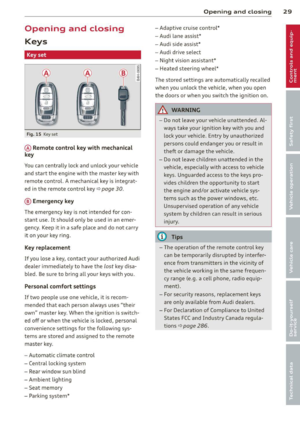 31
31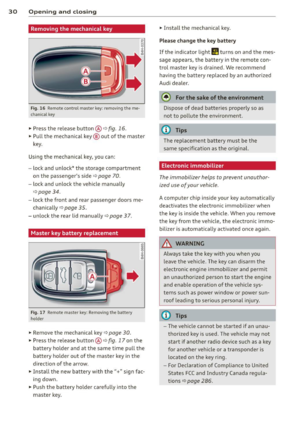 32
32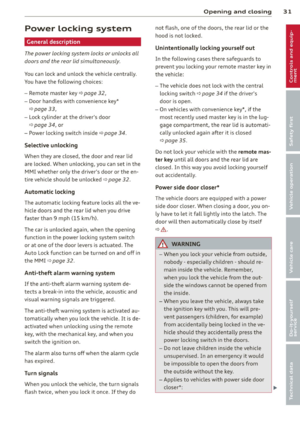 33
33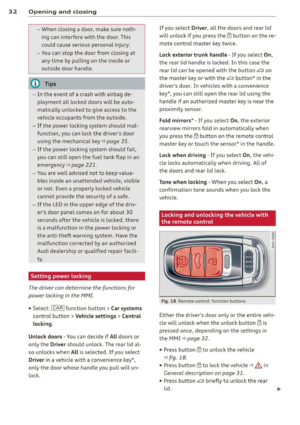 34
34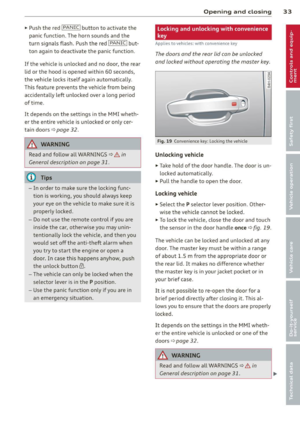 35
35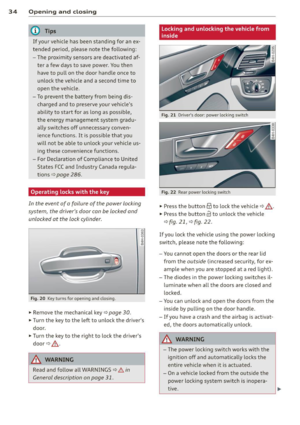 36
36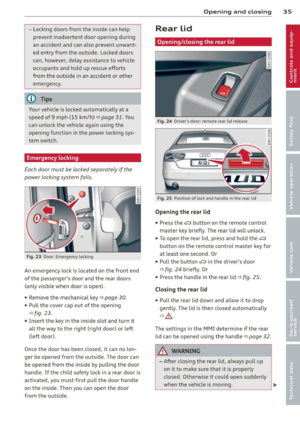 37
37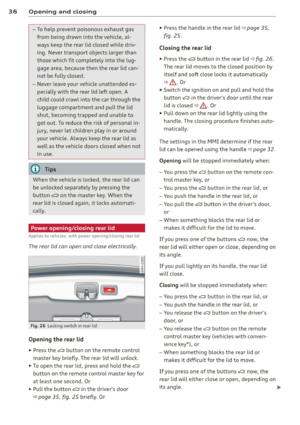 38
38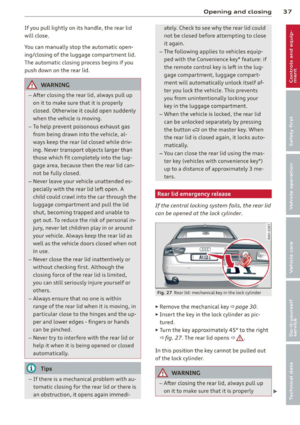 39
39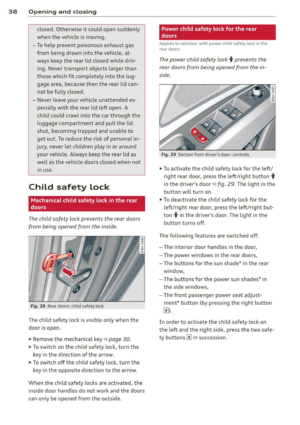 40
40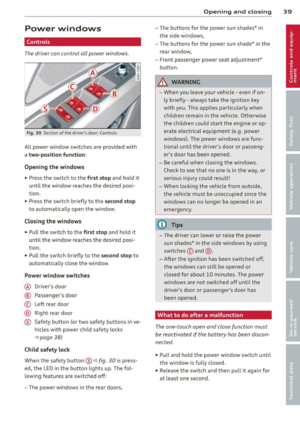 41
41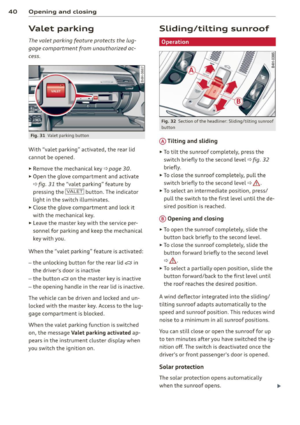 42
42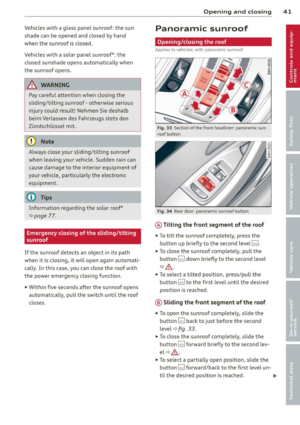 43
43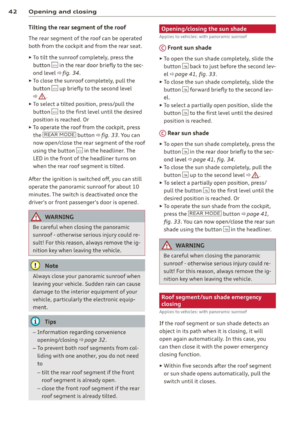 44
44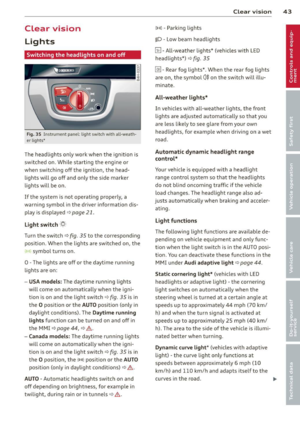 45
45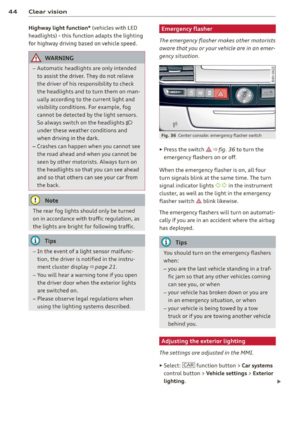 46
46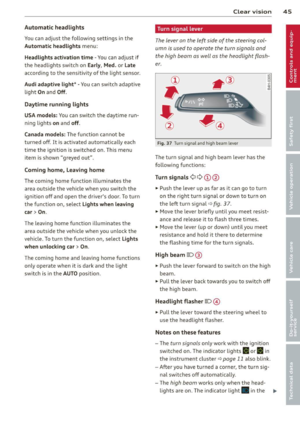 47
47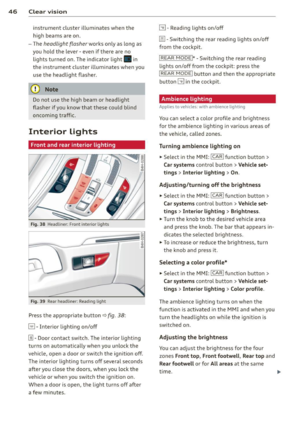 48
48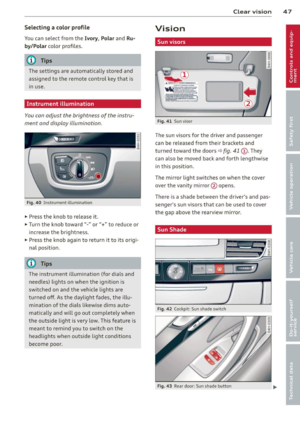 49
49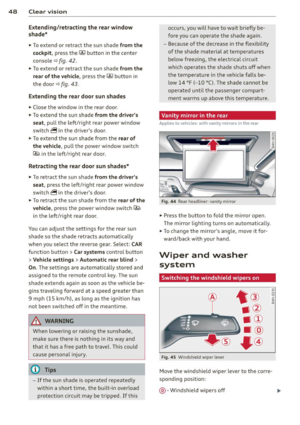 50
50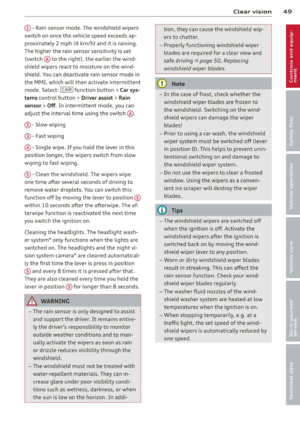 51
51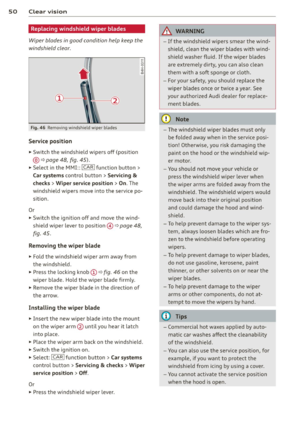 52
52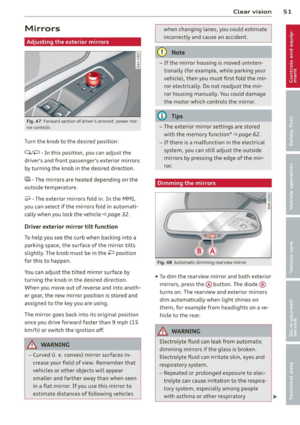 53
53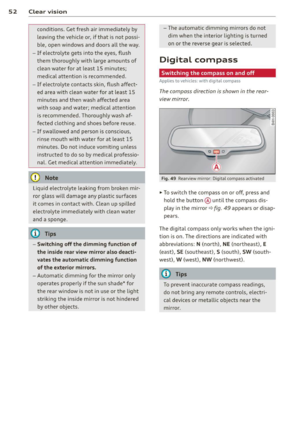 54
54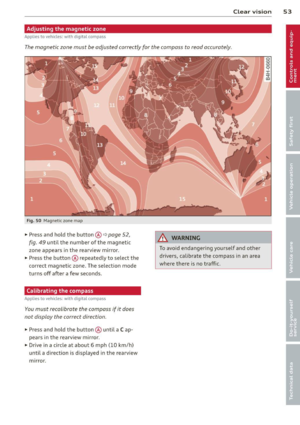 55
55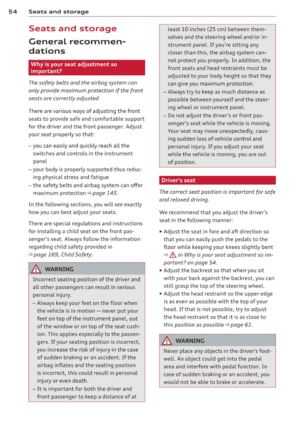 56
56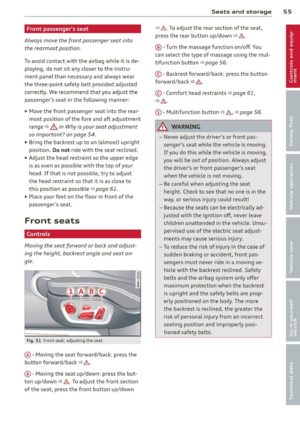 57
57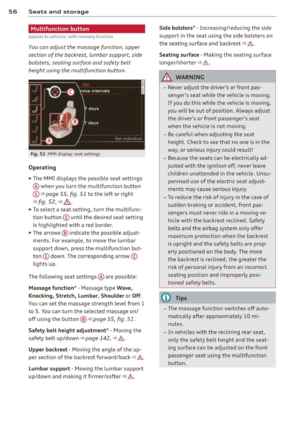 58
58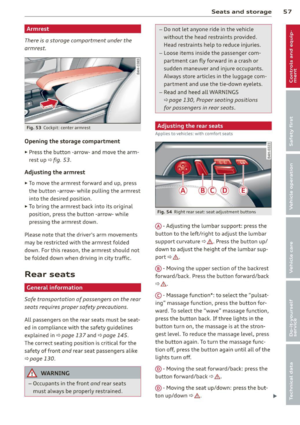 59
59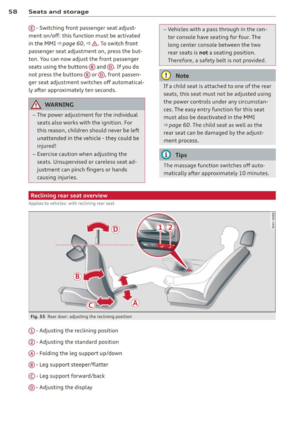 60
60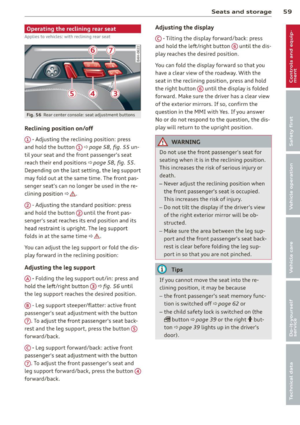 61
61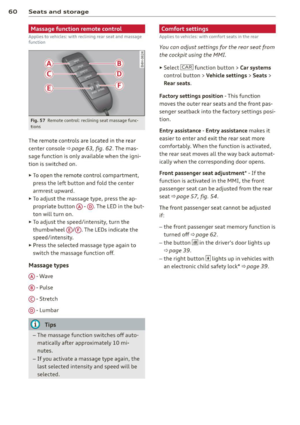 62
62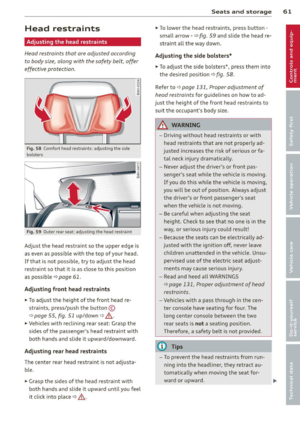 63
63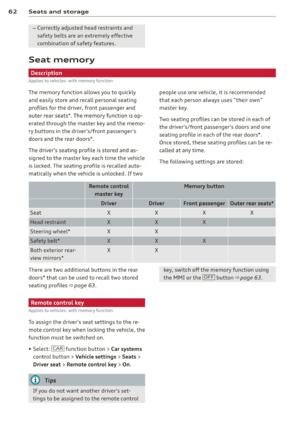 64
64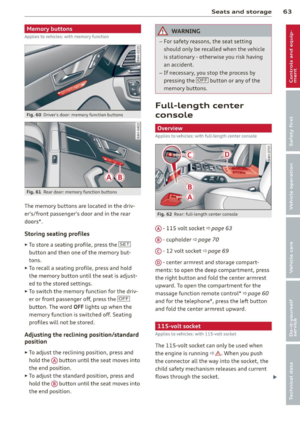 65
65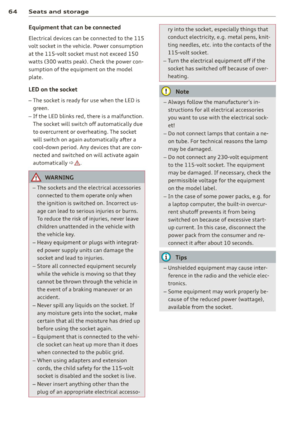 66
66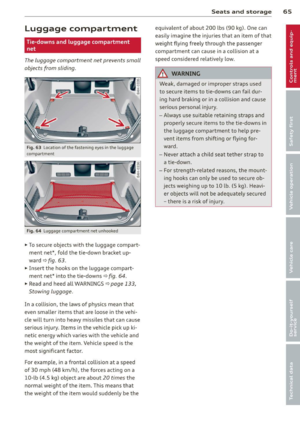 67
67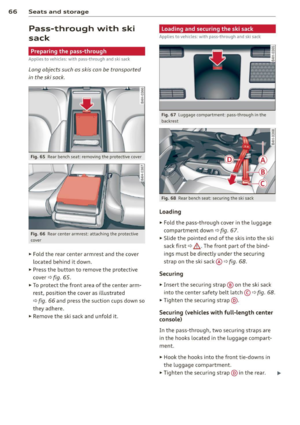 68
68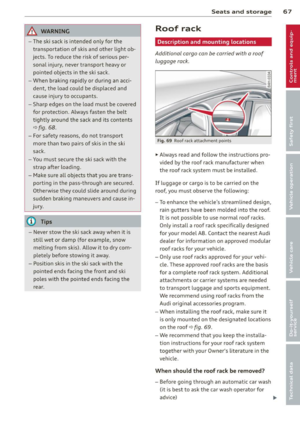 69
69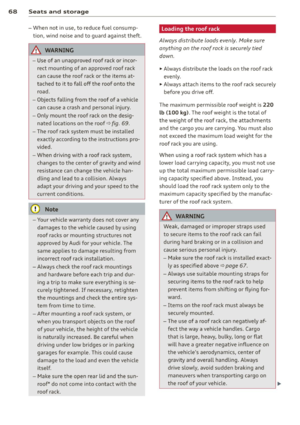 70
70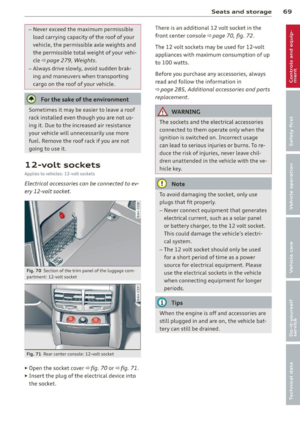 71
71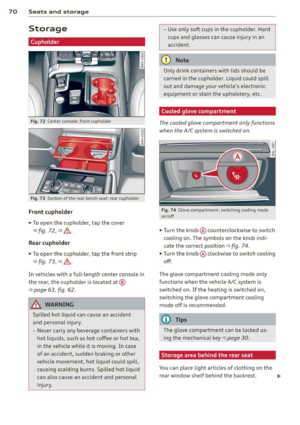 72
72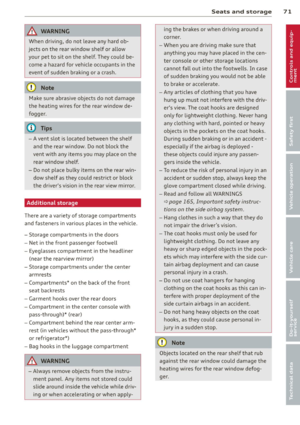 73
73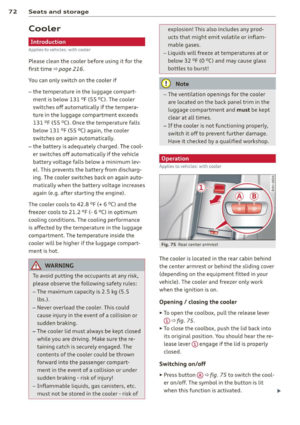 74
74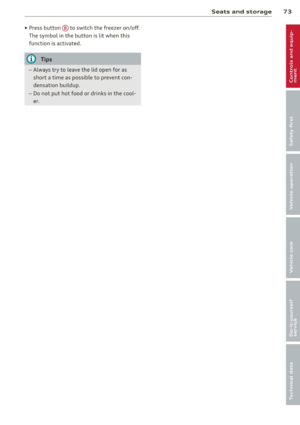 75
75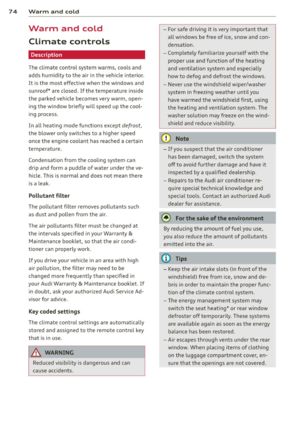 76
76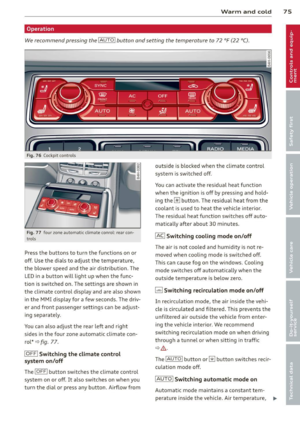 77
77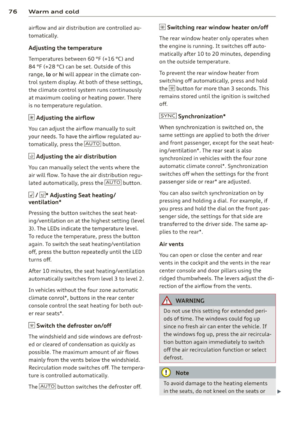 78
78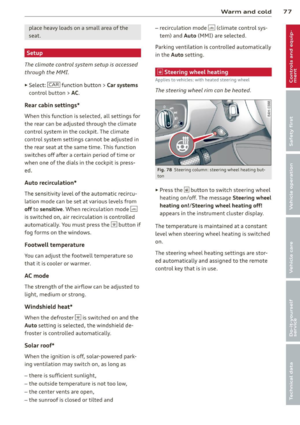 79
79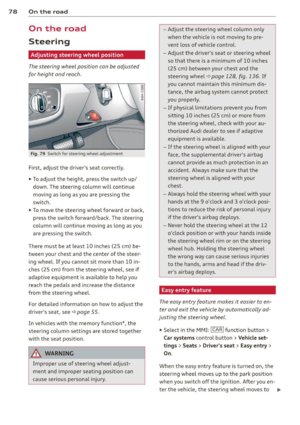 80
80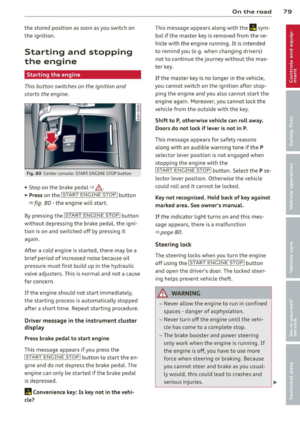 81
81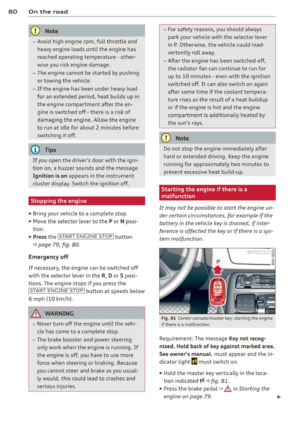 82
82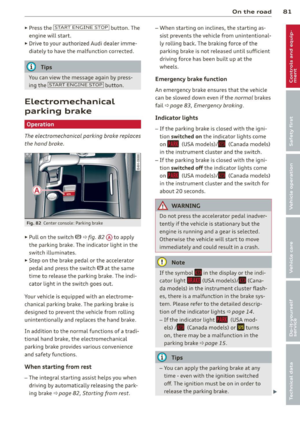 83
83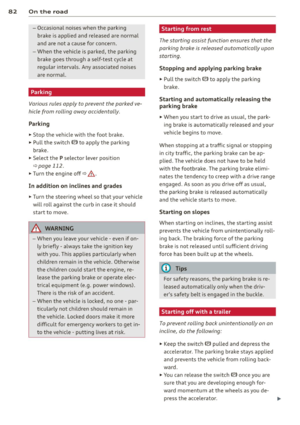 84
84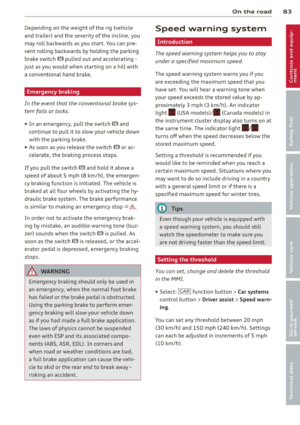 85
85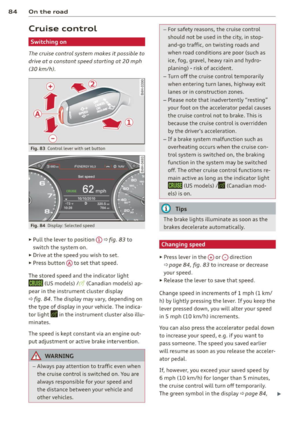 86
86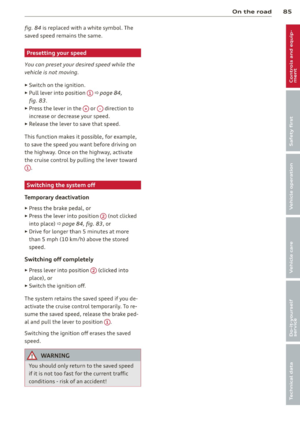 87
87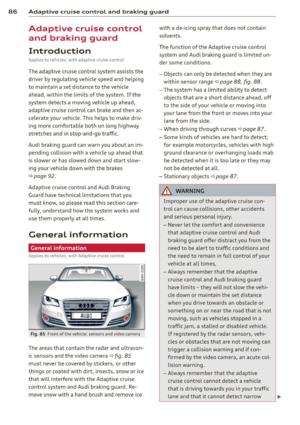 88
88 89
89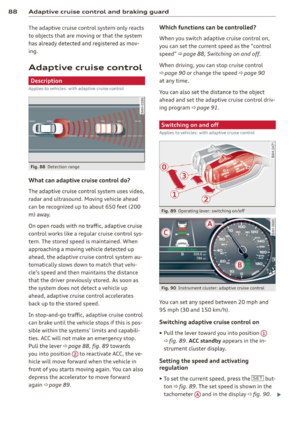 90
90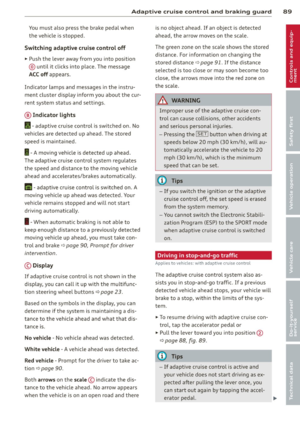 91
91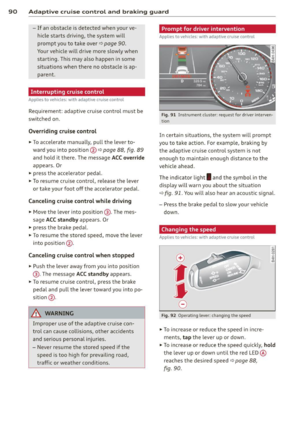 92
92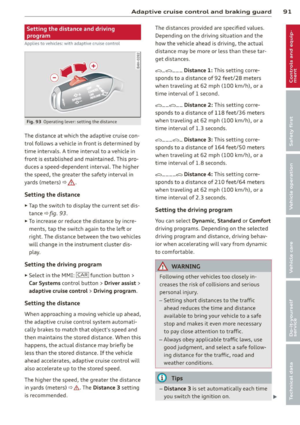 93
93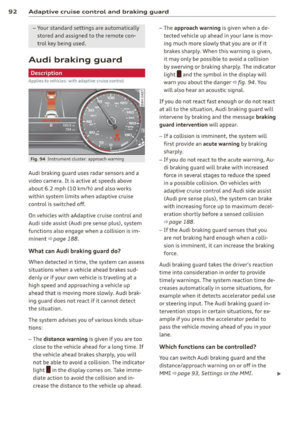 94
94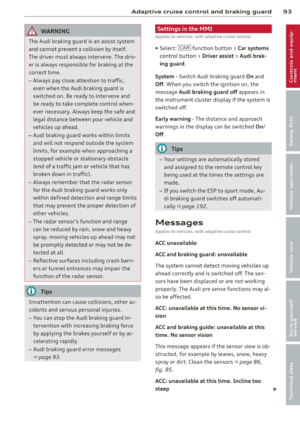 95
95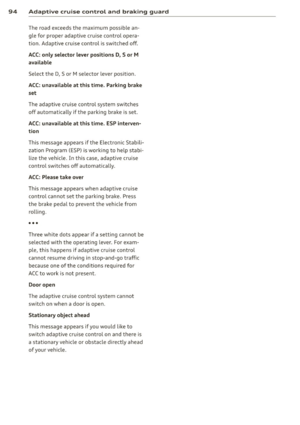 96
96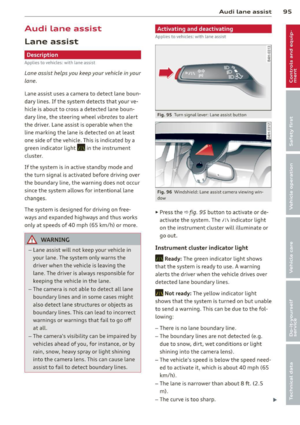 97
97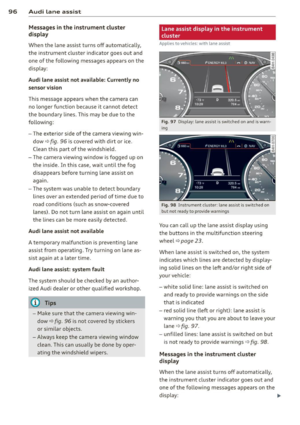 98
98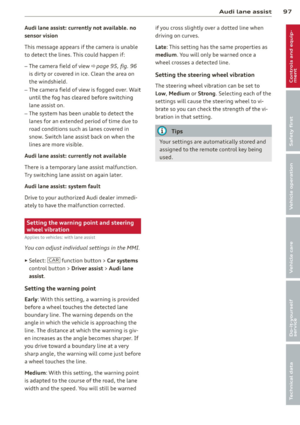 99
99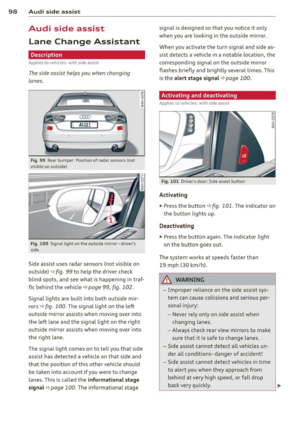 100
100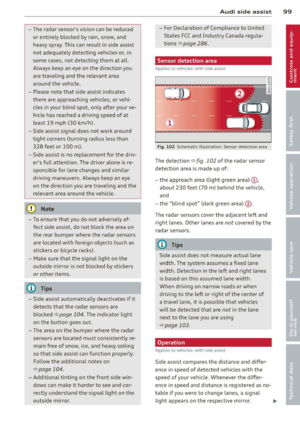 101
101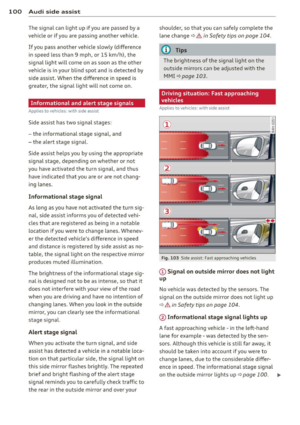 102
102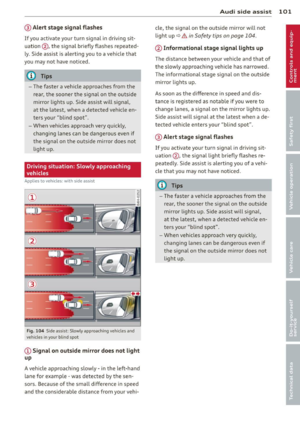 103
103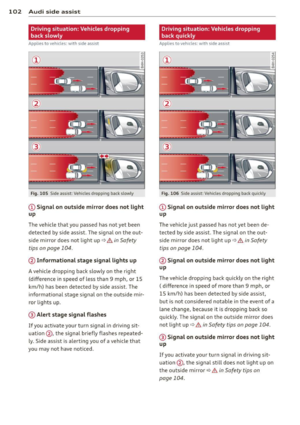 104
104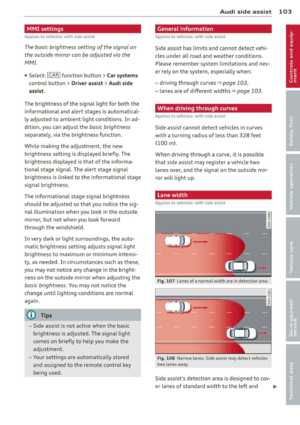 105
105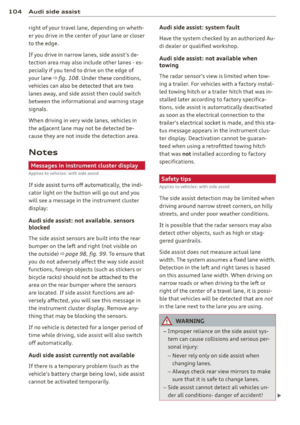 106
106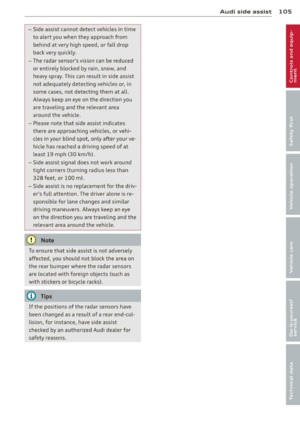 107
107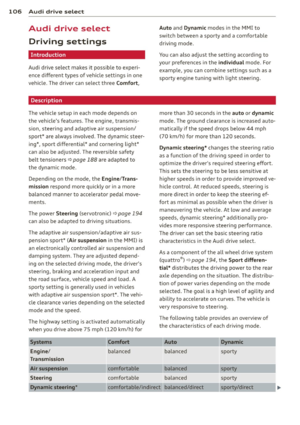 108
108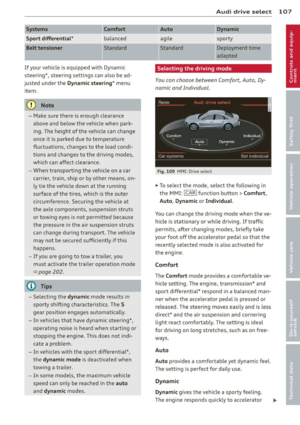 109
109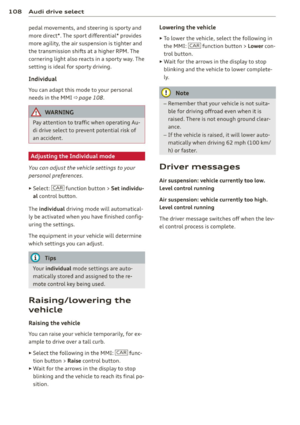 110
110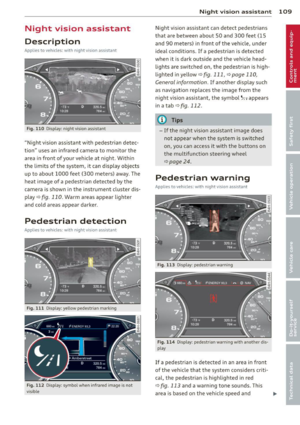 111
111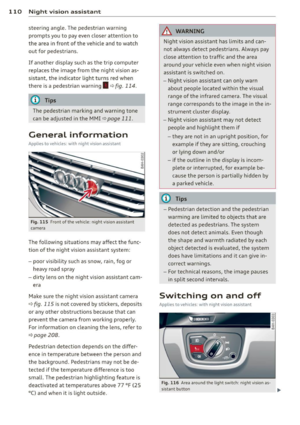 112
112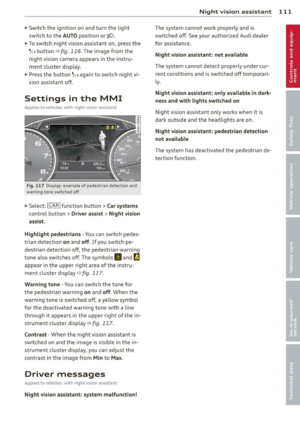 113
113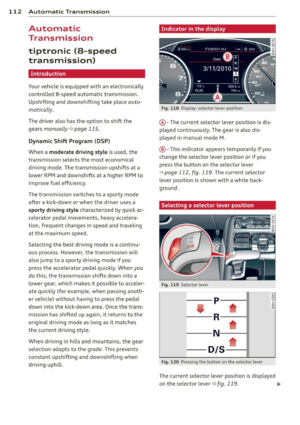 114
114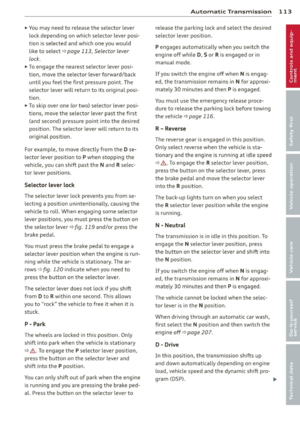 115
115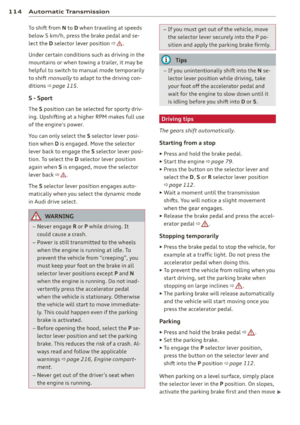 116
116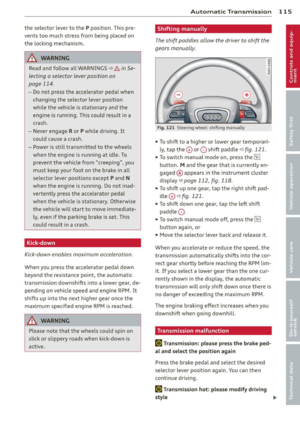 117
117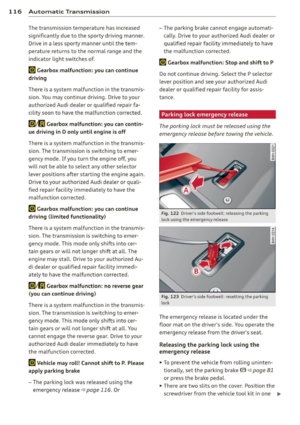 118
118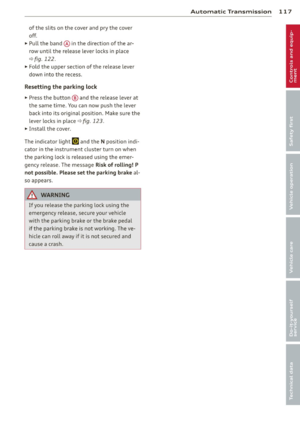 119
119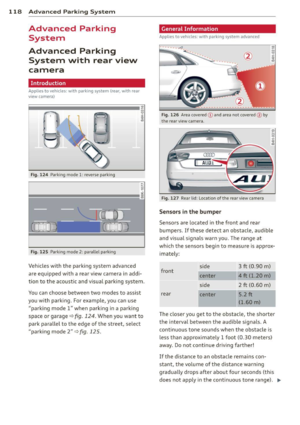 120
120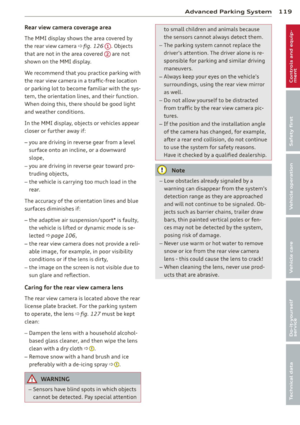 121
121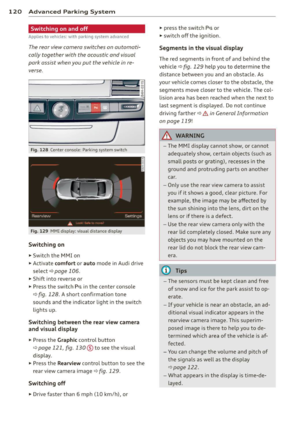 122
122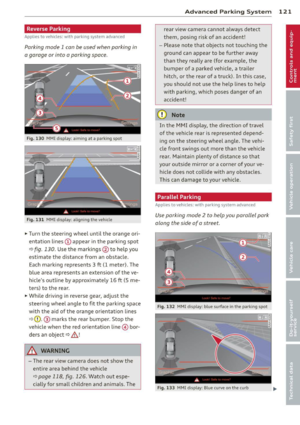 123
123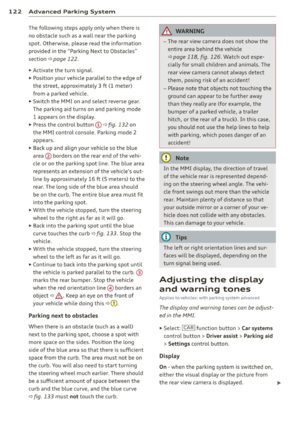 124
124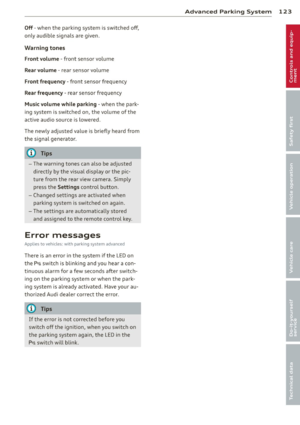 125
125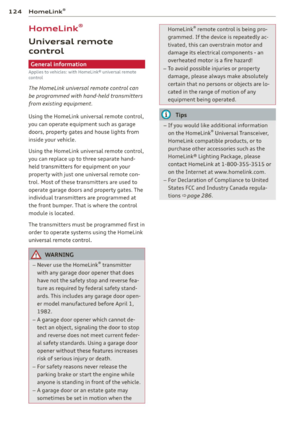 126
126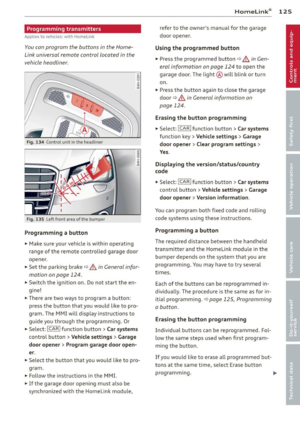 127
127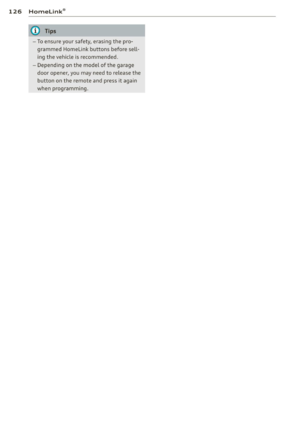 128
128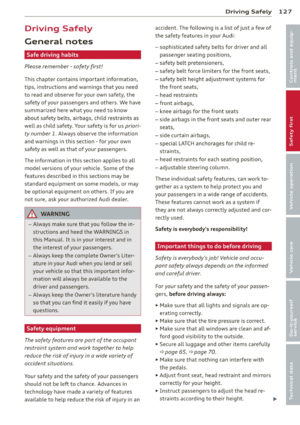 129
129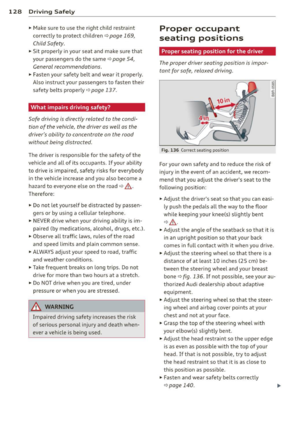 130
130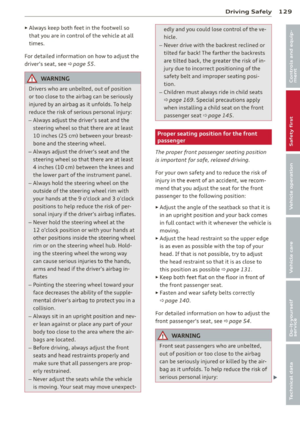 131
131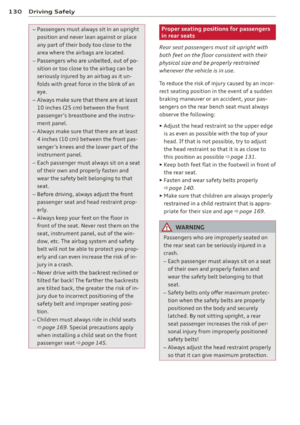 132
132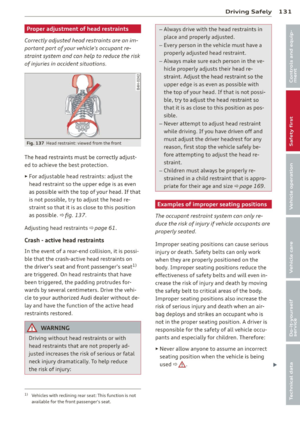 133
133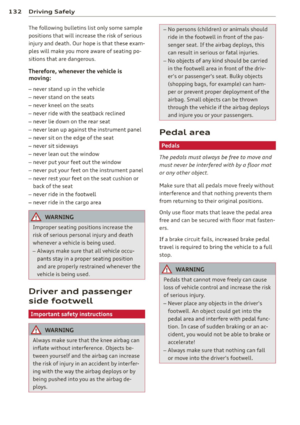 134
134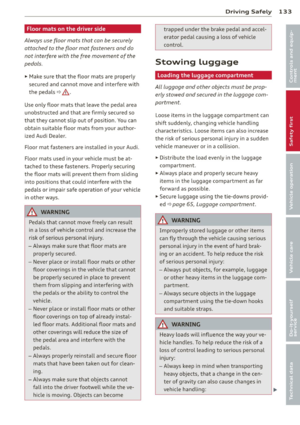 135
135 136
136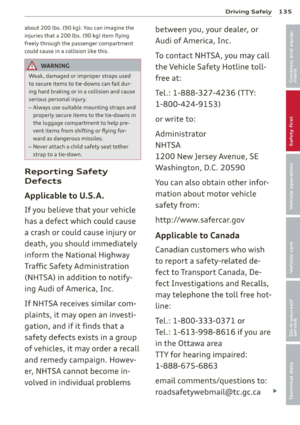 137
137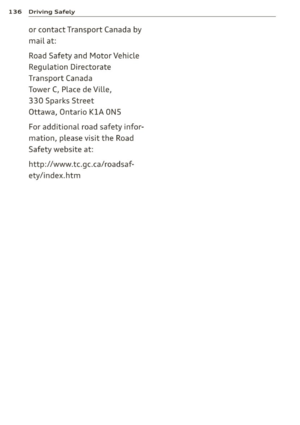 138
138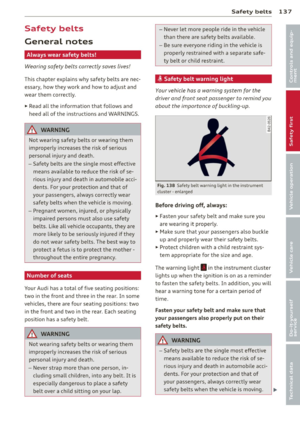 139
139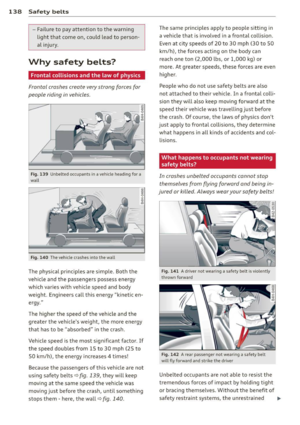 140
140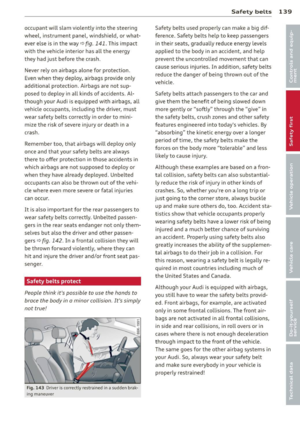 141
141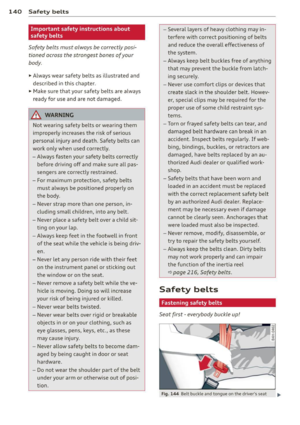 142
142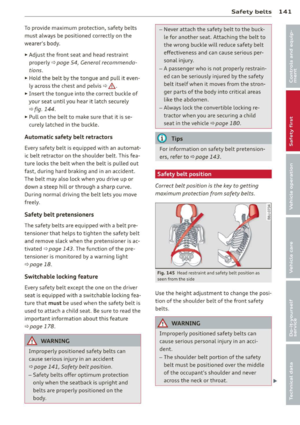 143
143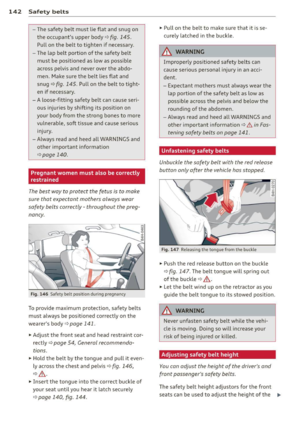 144
144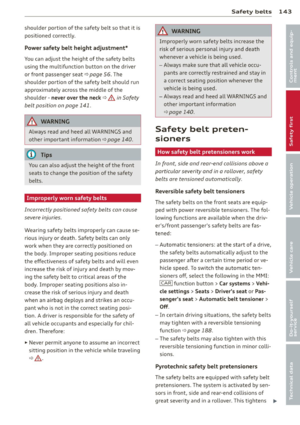 145
145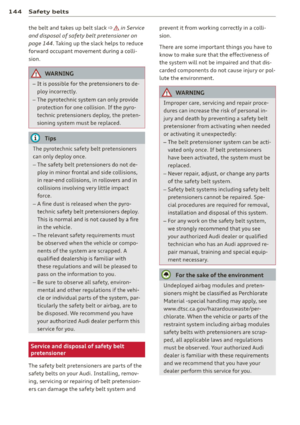 146
146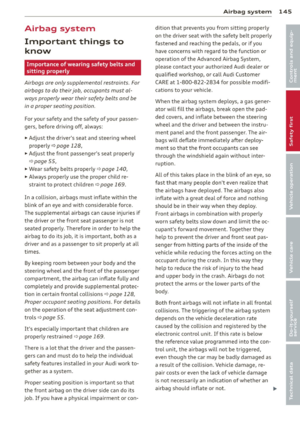 147
147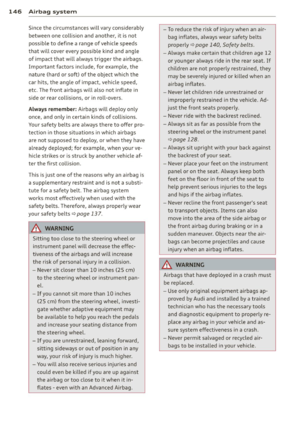 148
148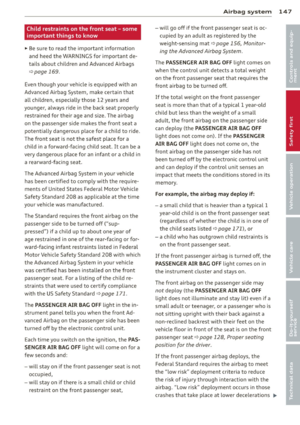 149
149 150
150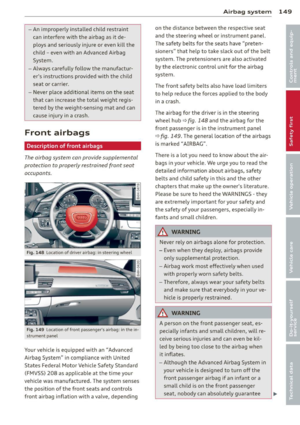 151
151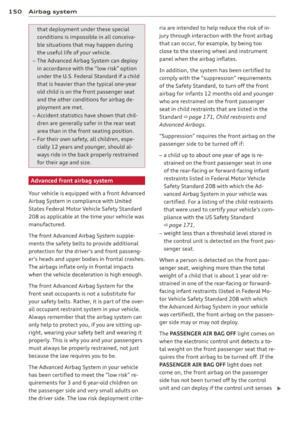 152
152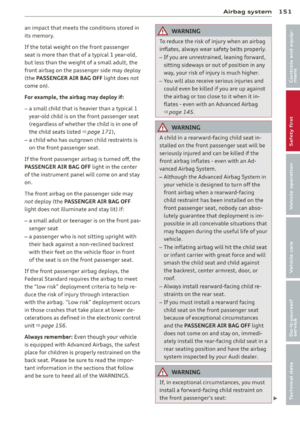 153
153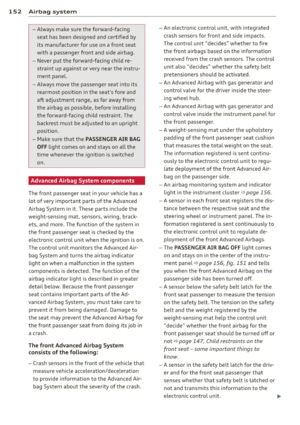 154
154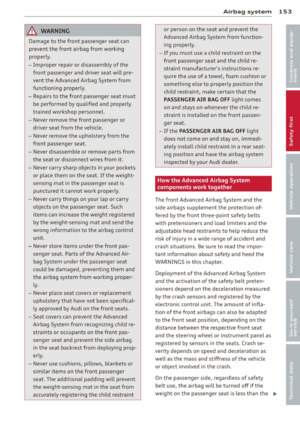 155
155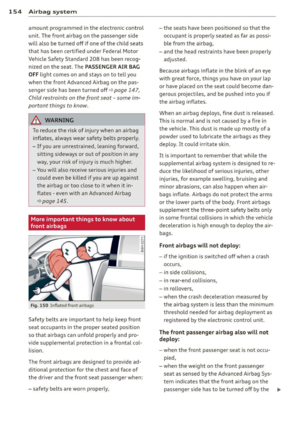 156
156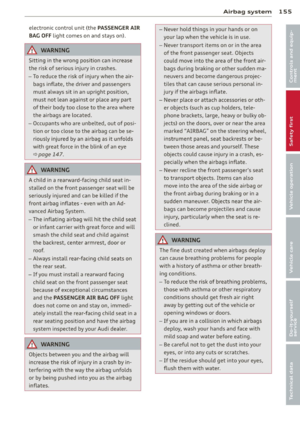 157
157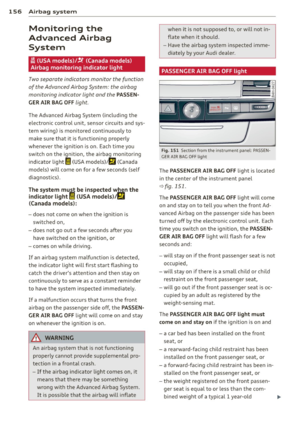 158
158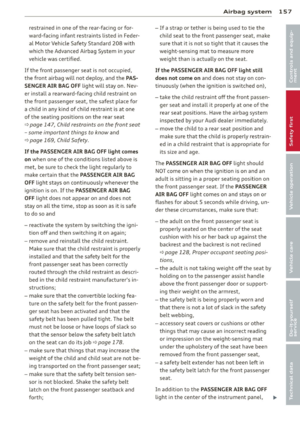 159
159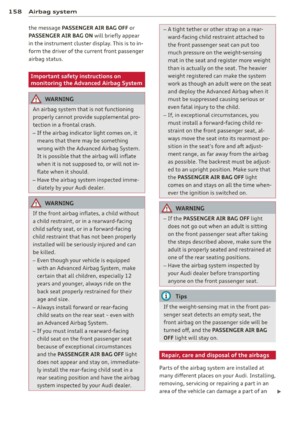 160
160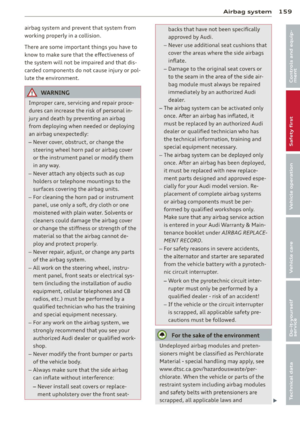 161
161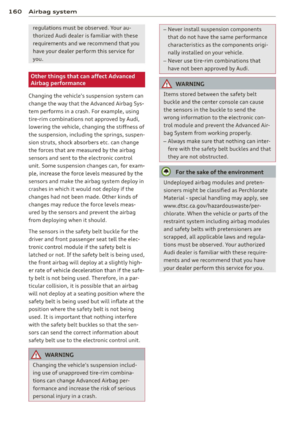 162
162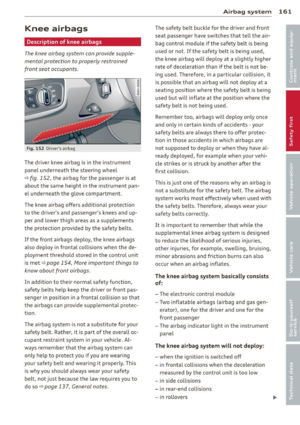 163
163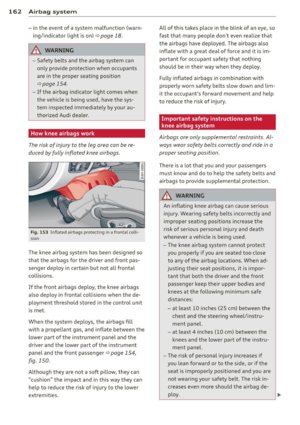 164
164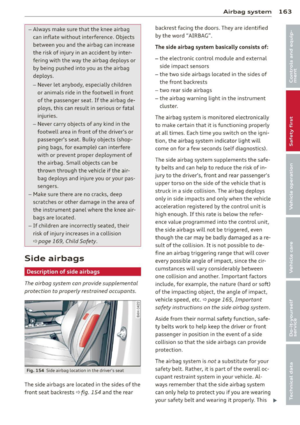 165
165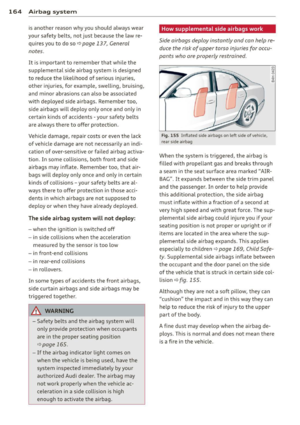 166
166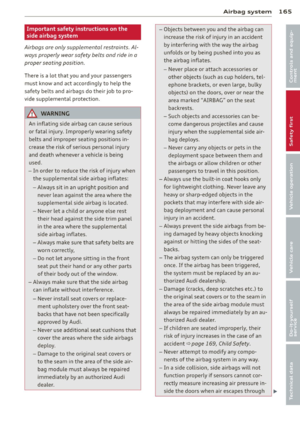 167
167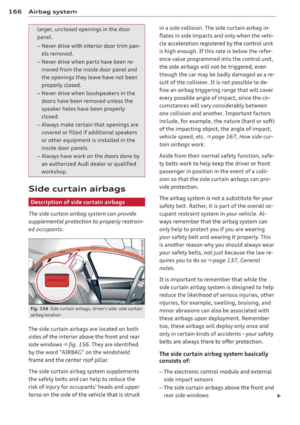 168
168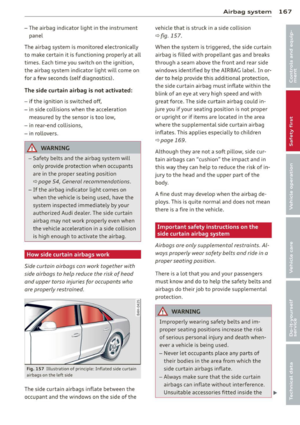 169
169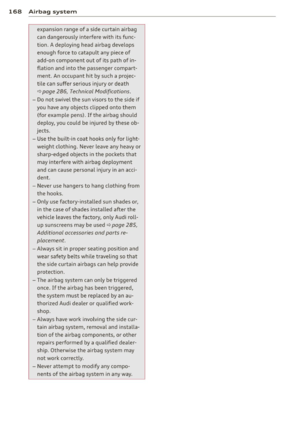 170
170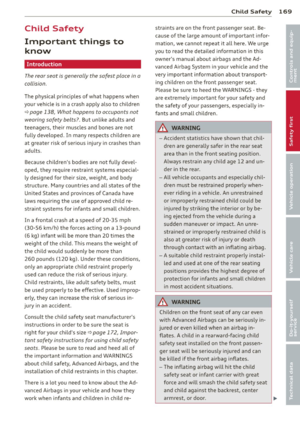 171
171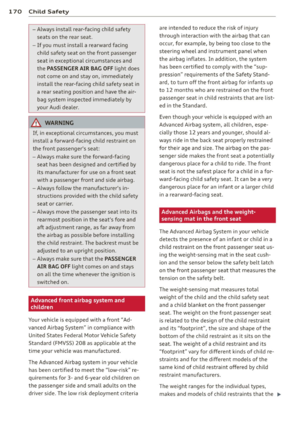 172
172 173
173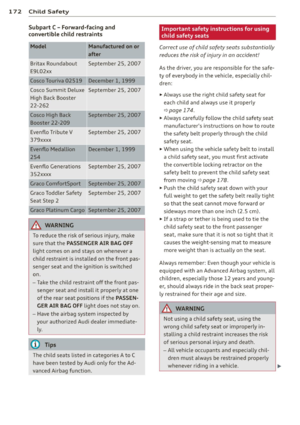 174
174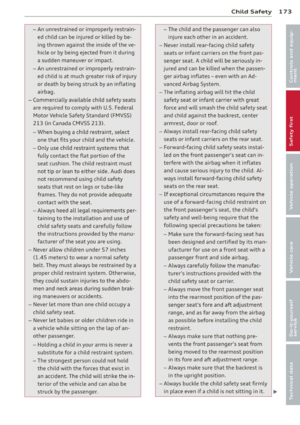 175
175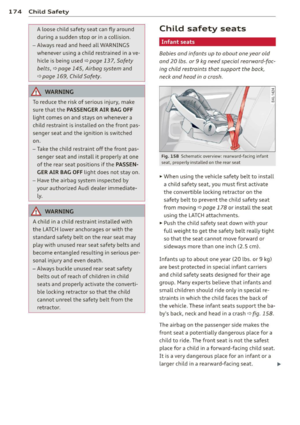 176
176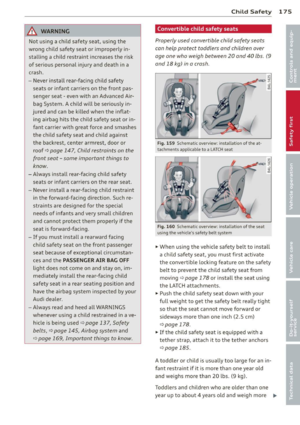 177
177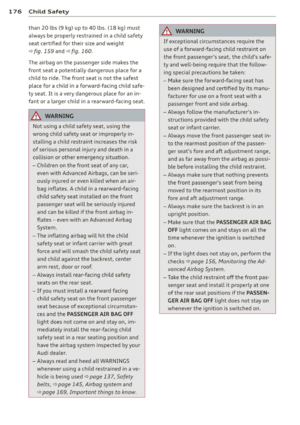 178
178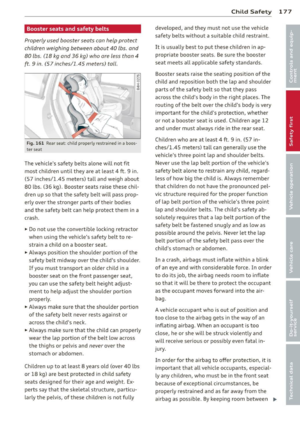 179
179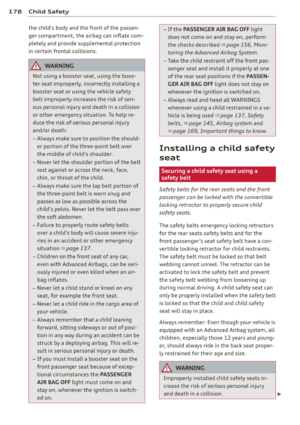 180
180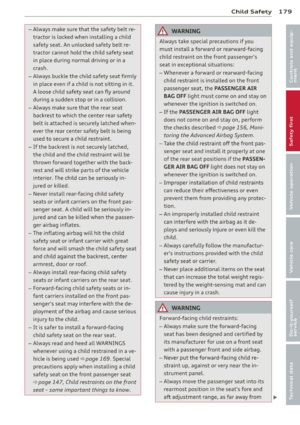 181
181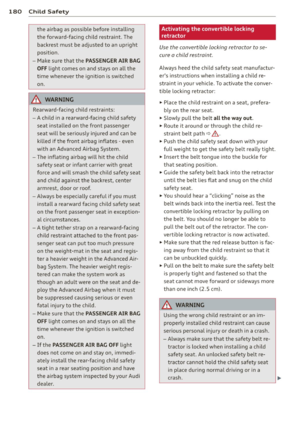 182
182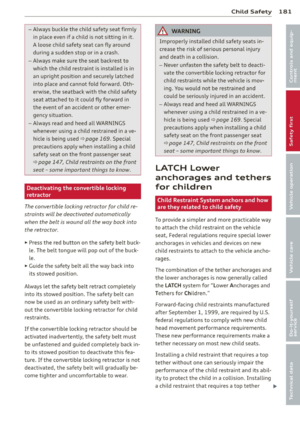 183
183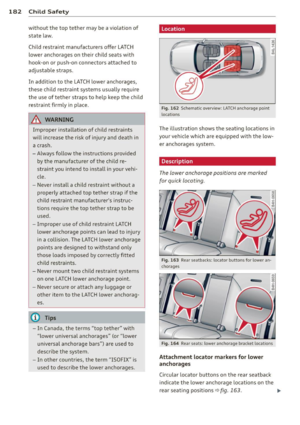 184
184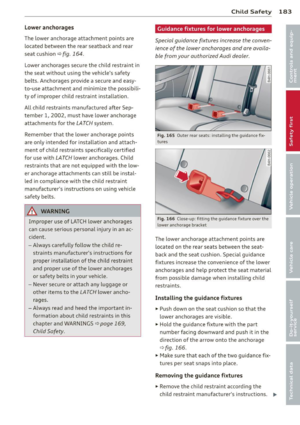 185
185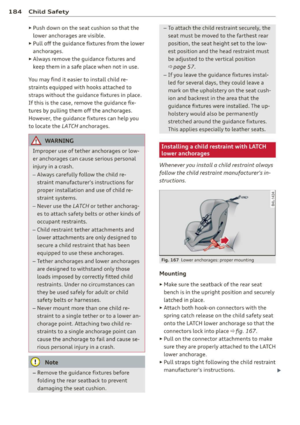 186
186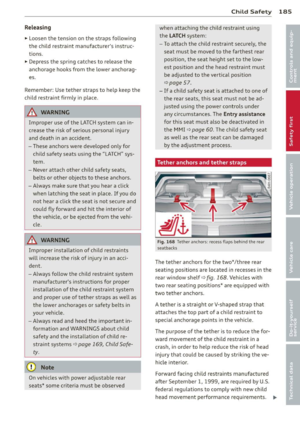 187
187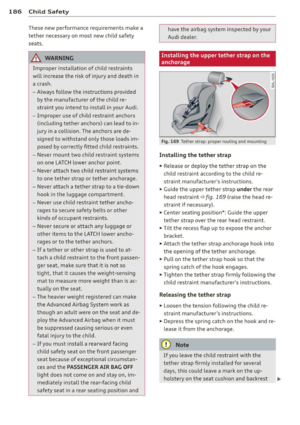 188
188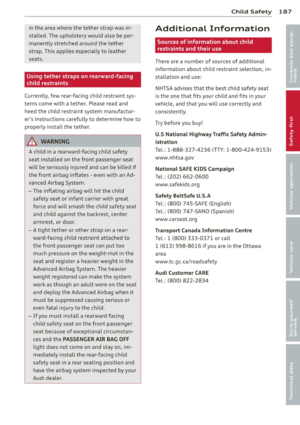 189
189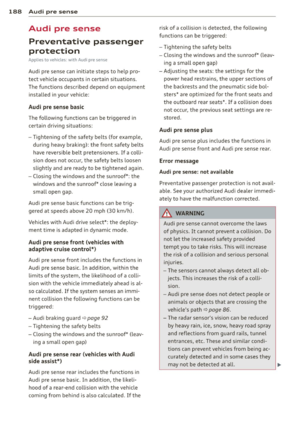 190
190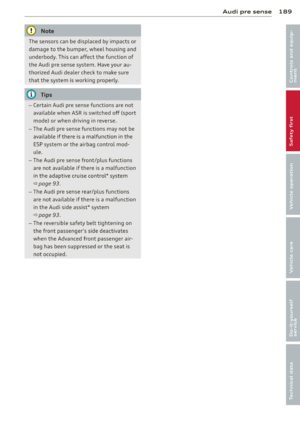 191
191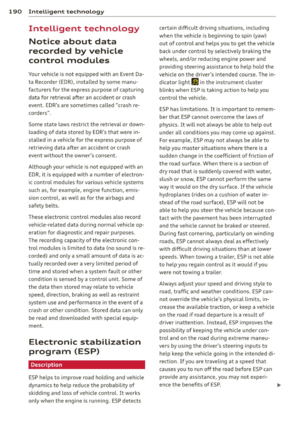 192
192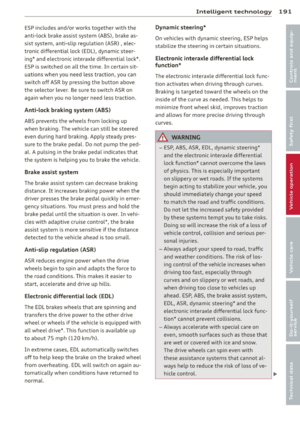 193
193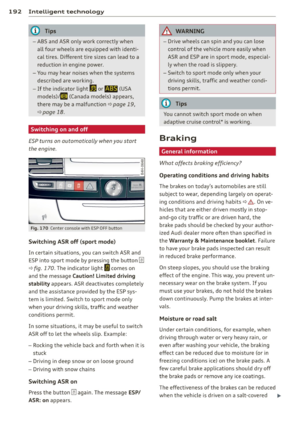 194
194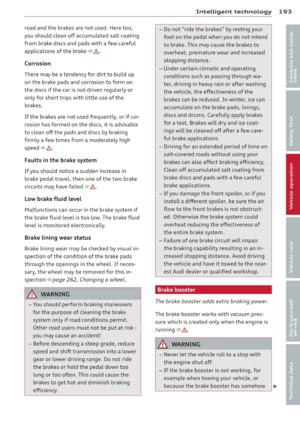 195
195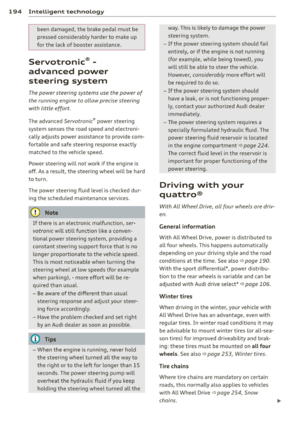 196
196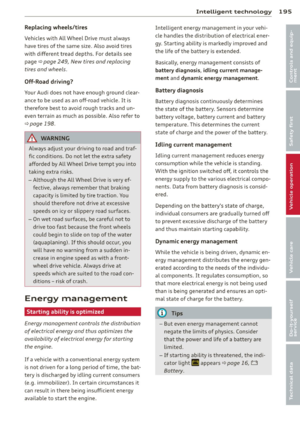 197
197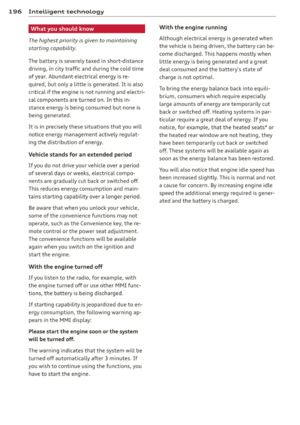 198
198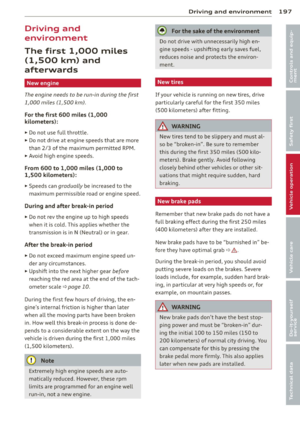 199
199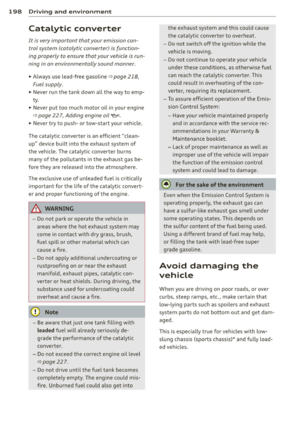 200
200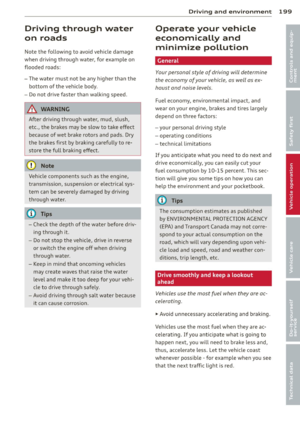 201
201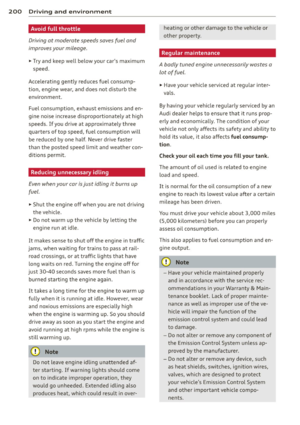 202
202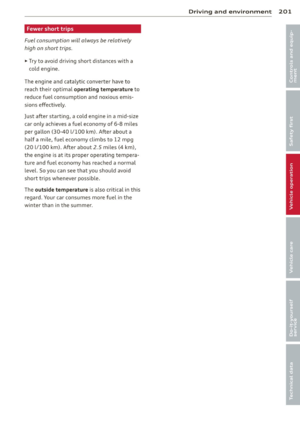 203
203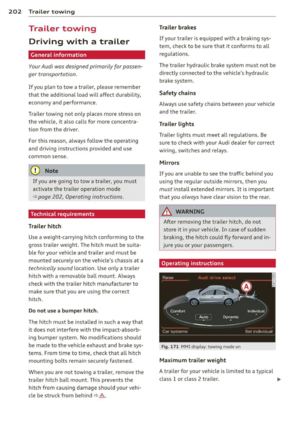 204
204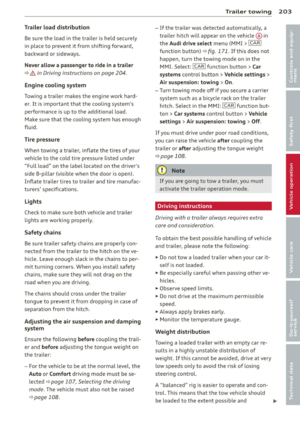 205
205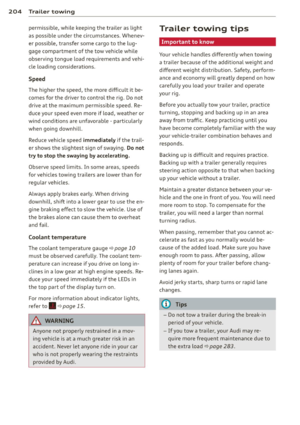 206
206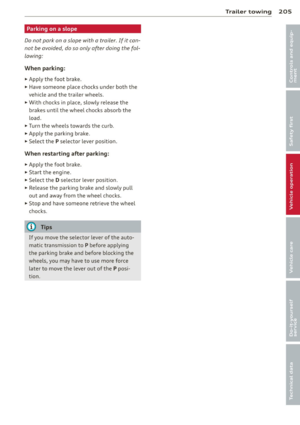 207
207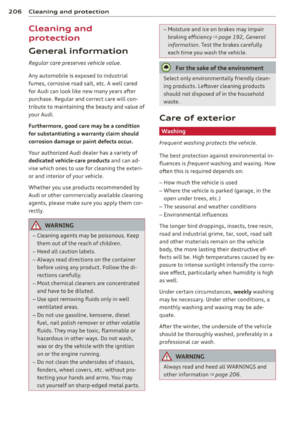 208
208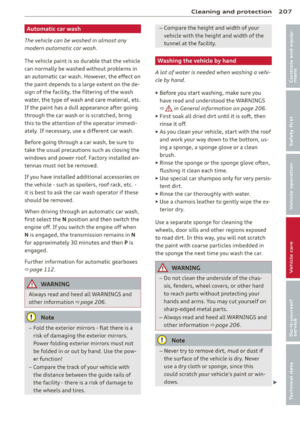 209
209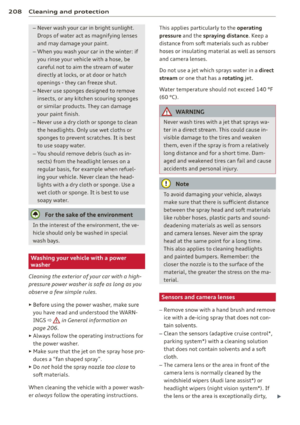 210
210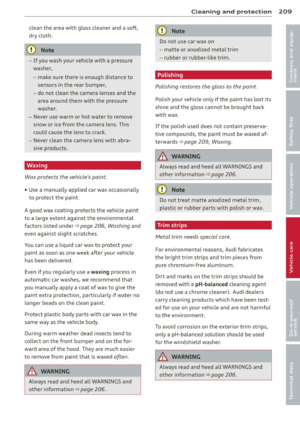 211
211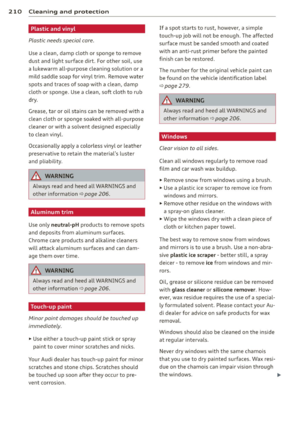 212
212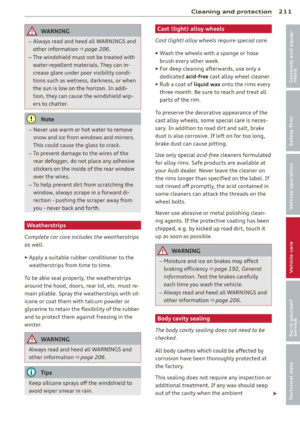 213
213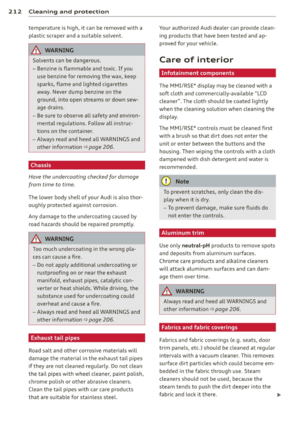 214
214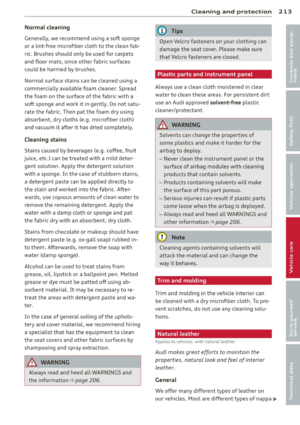 215
215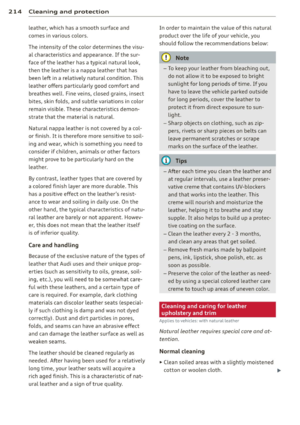 216
216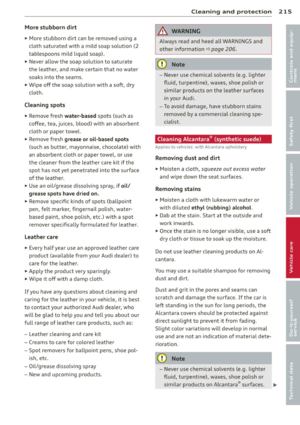 217
217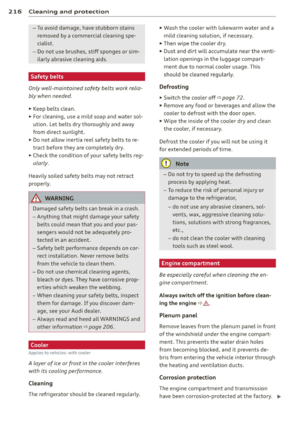 218
218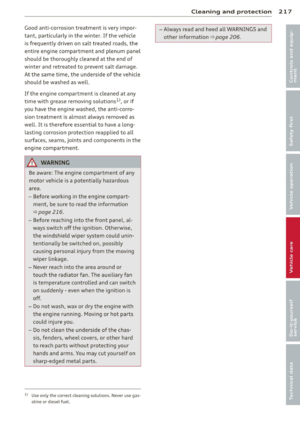 219
219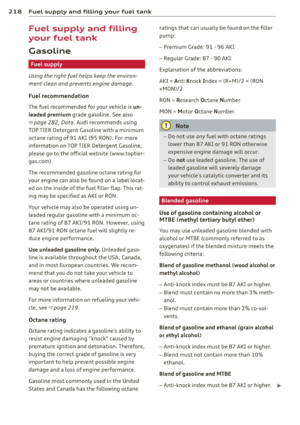 220
220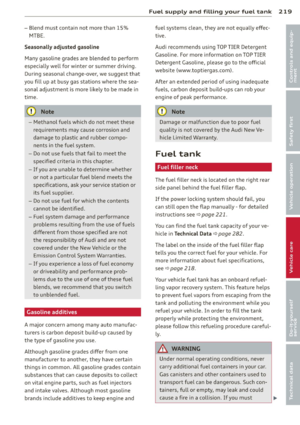 221
221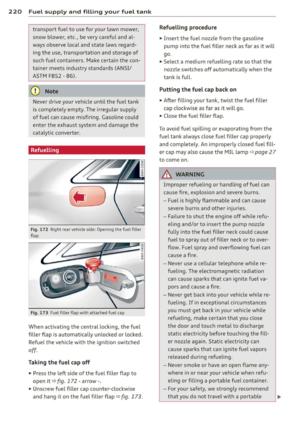 222
222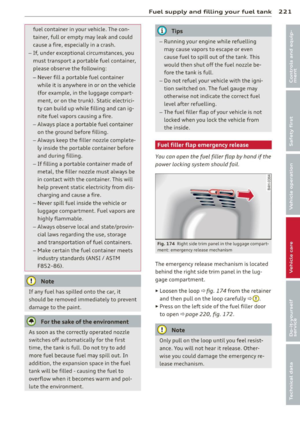 223
223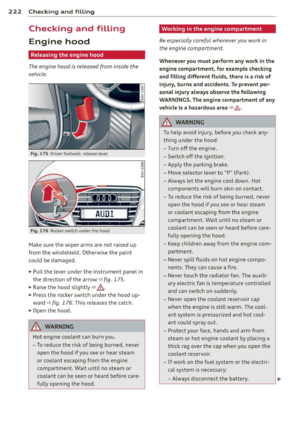 224
224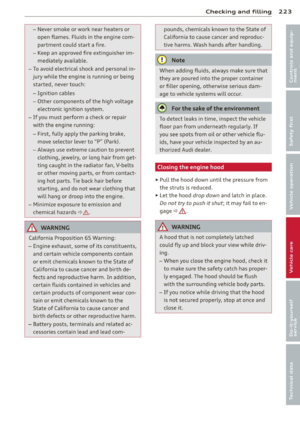 225
225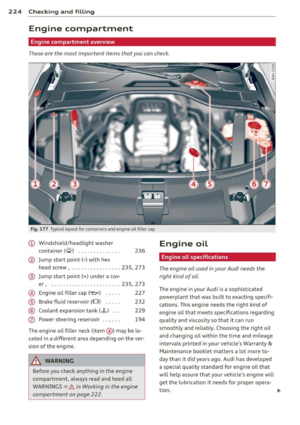 226
226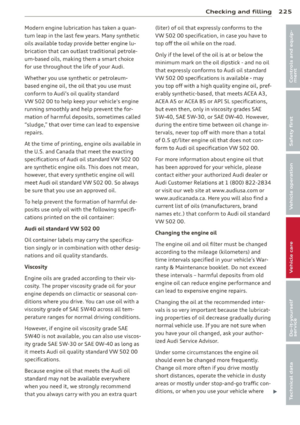 227
227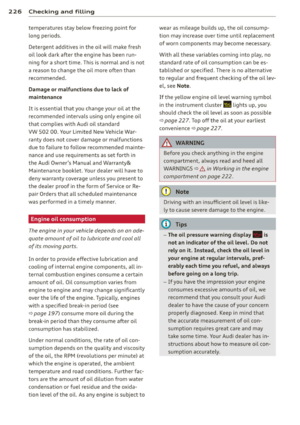 228
228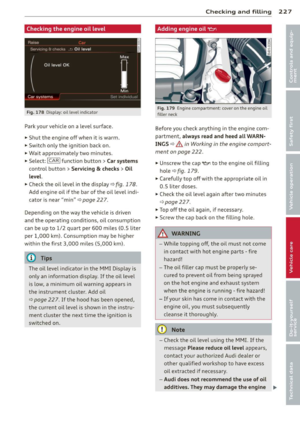 229
229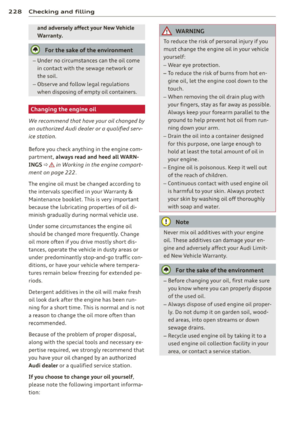 230
230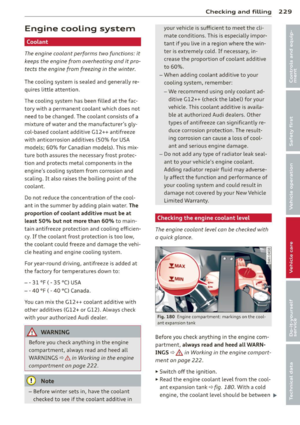 231
231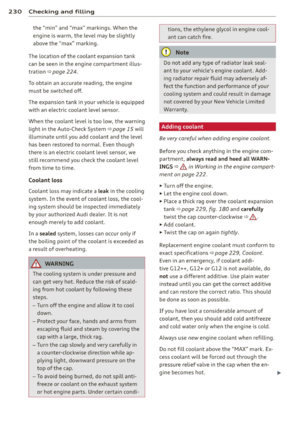 232
232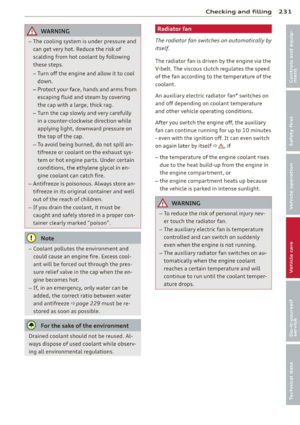 233
233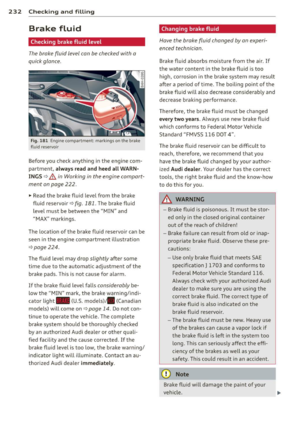 234
234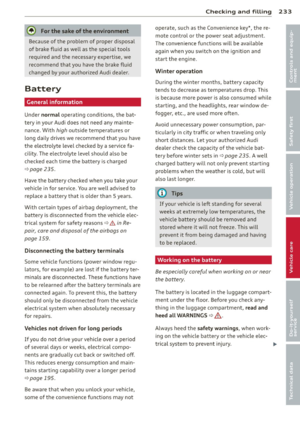 235
235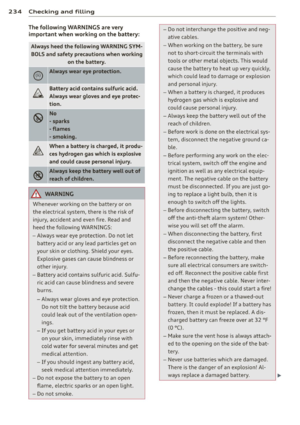 236
236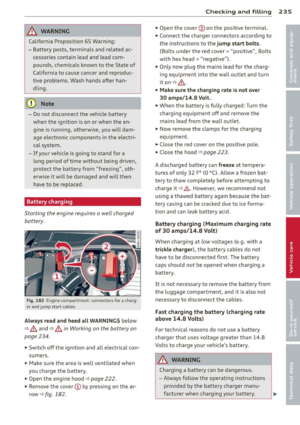 237
237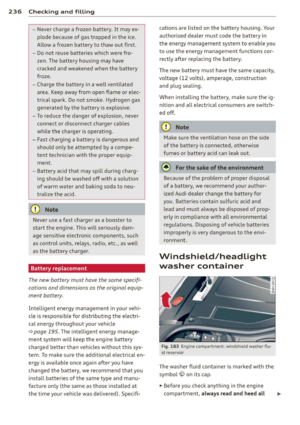 238
238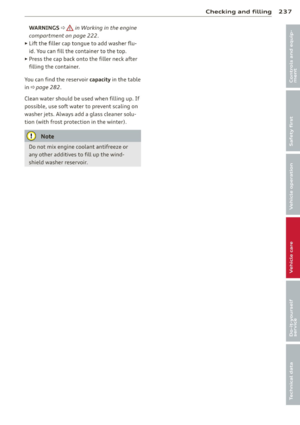 239
239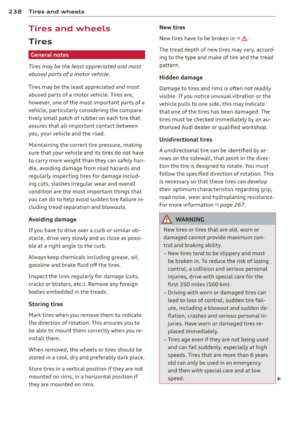 240
240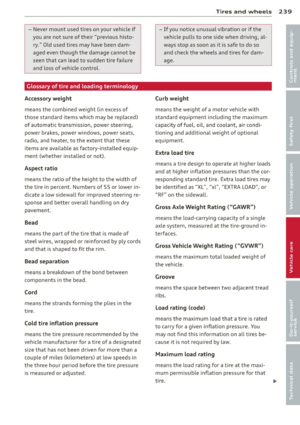 241
241 242
242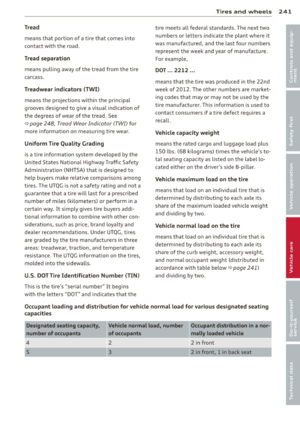 243
243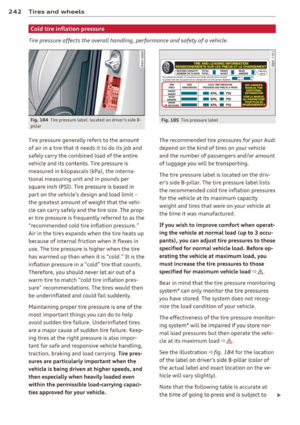 244
244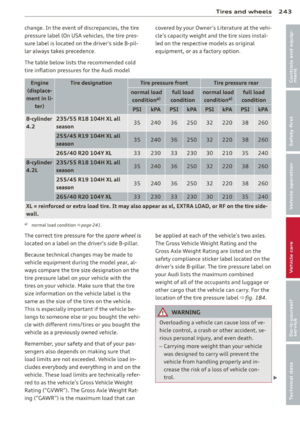 245
245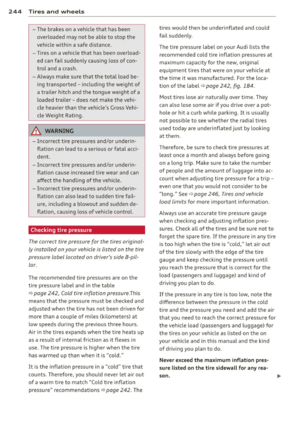 246
246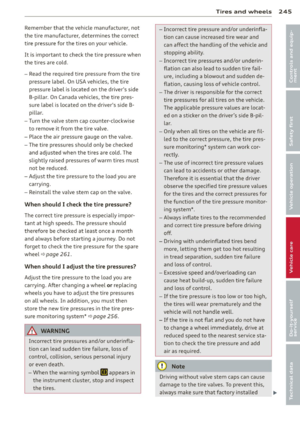 247
247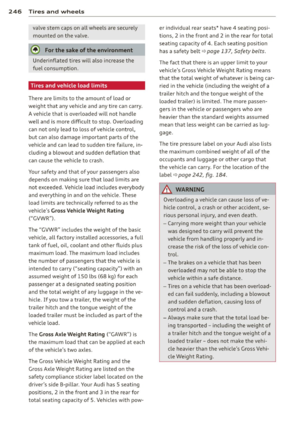 248
248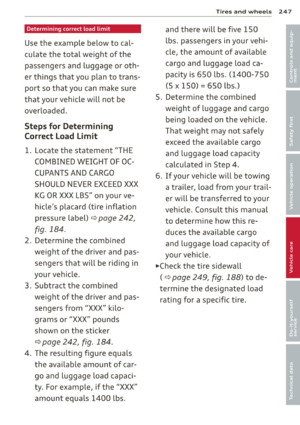 249
249 250
250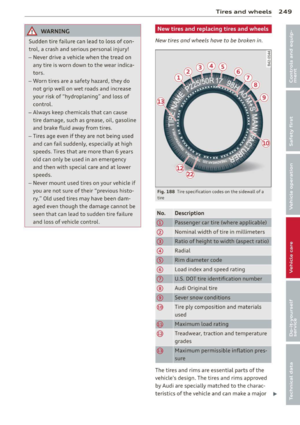 251
251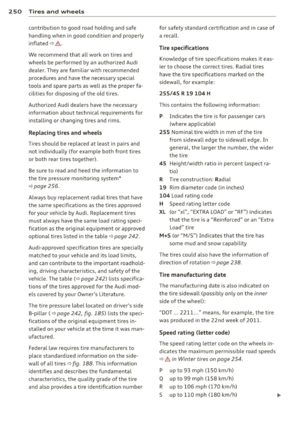 252
252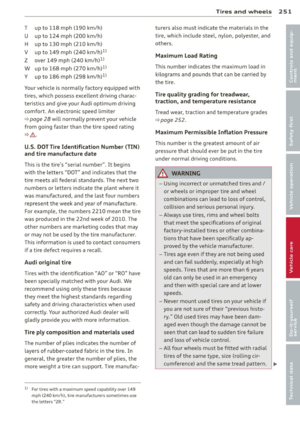 253
253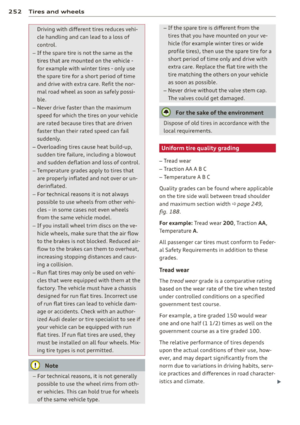 254
254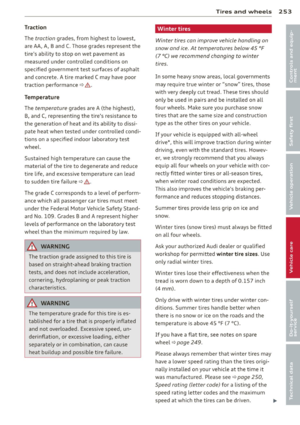 255
255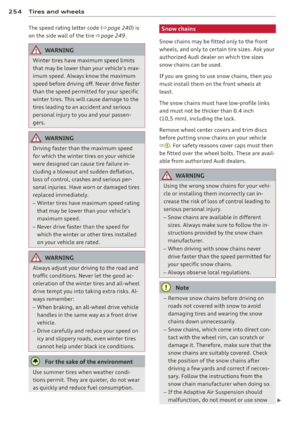 256
256 257
257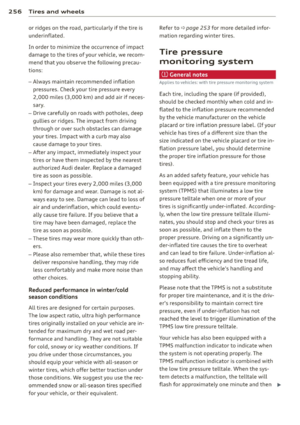 258
258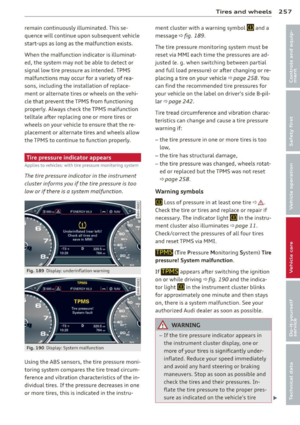 259
259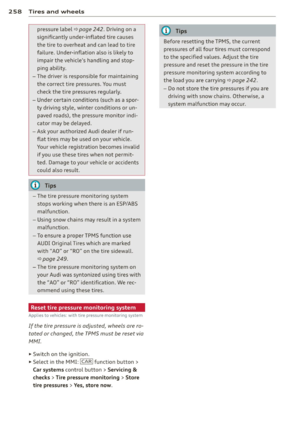 260
260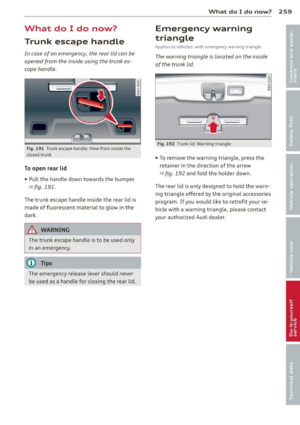 261
261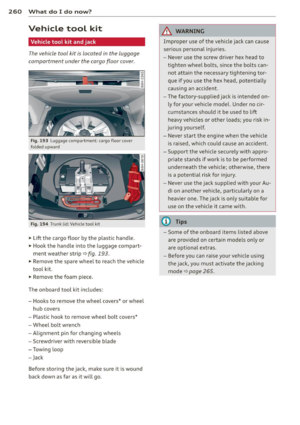 262
262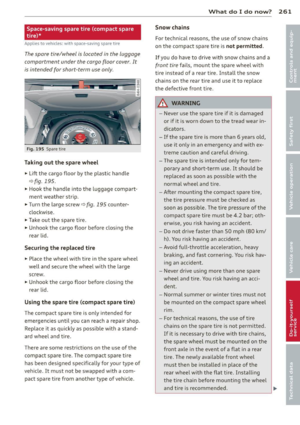 263
263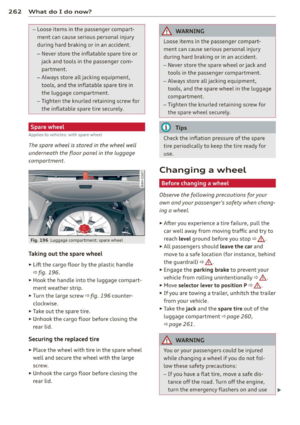 264
264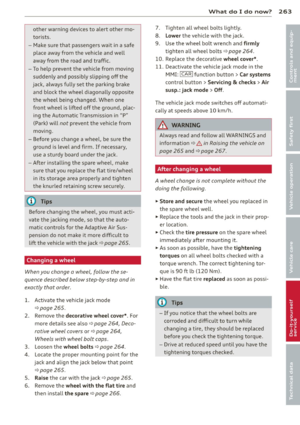 265
265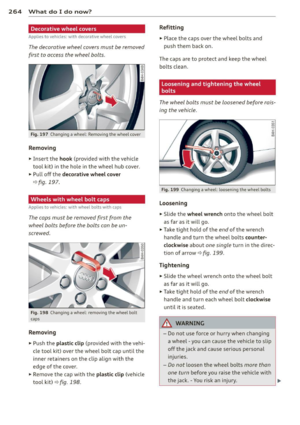 266
266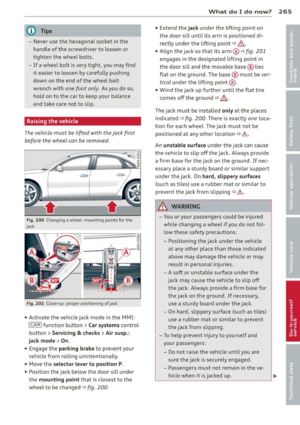 267
267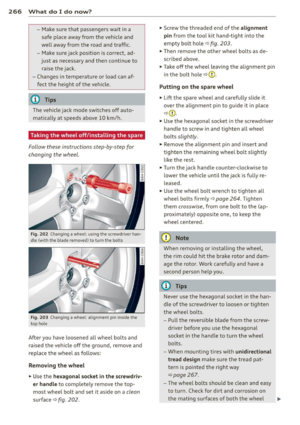 268
268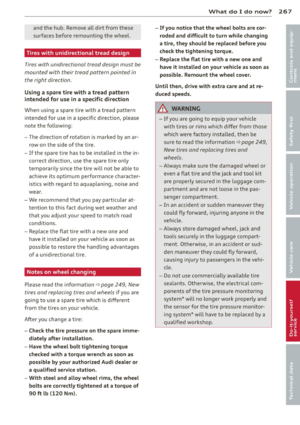 269
269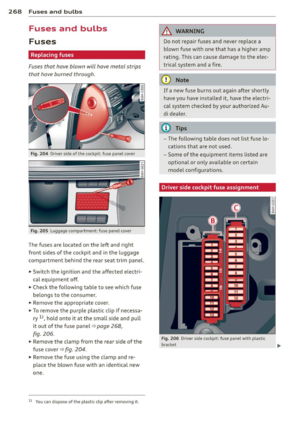 270
270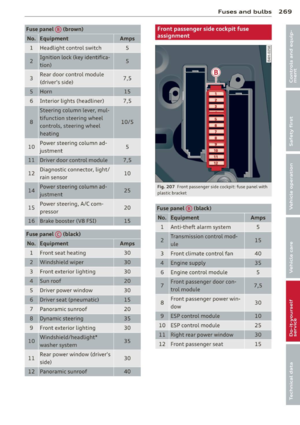 271
271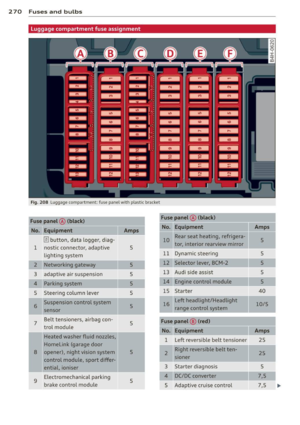 272
272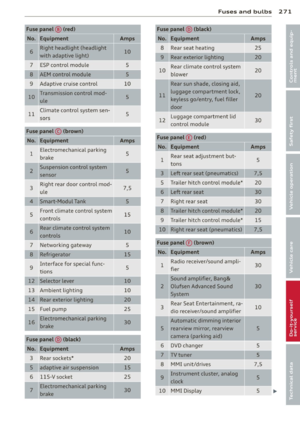 273
273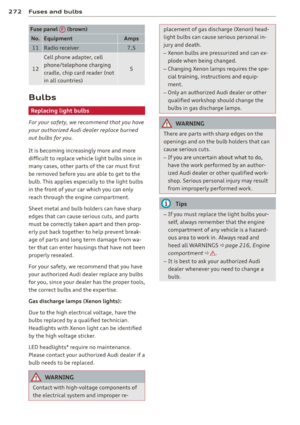 274
274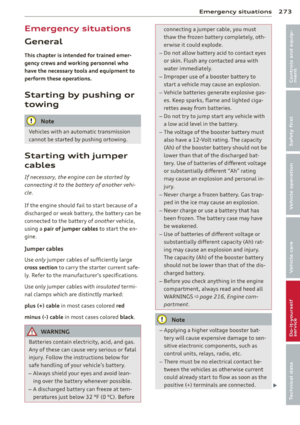 275
275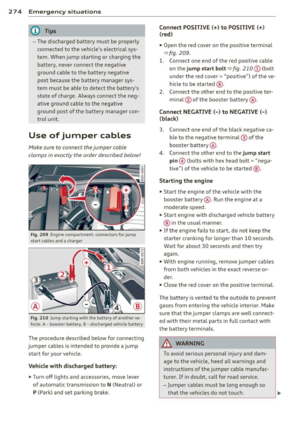 276
276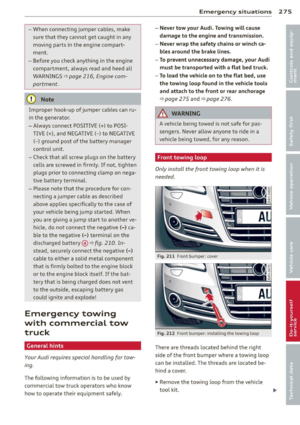 277
277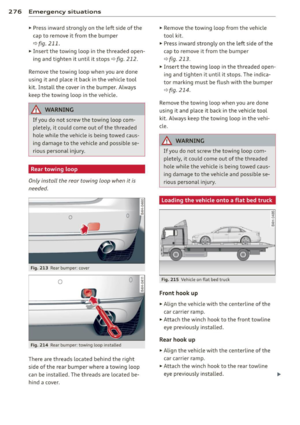 278
278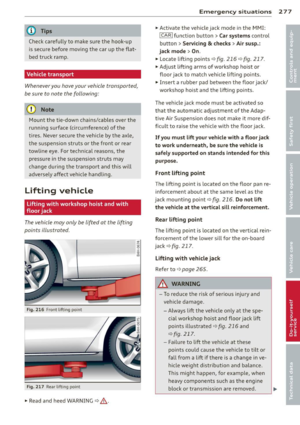 279
279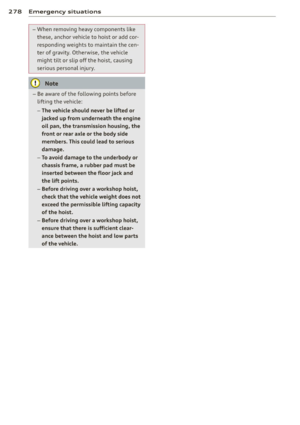 280
280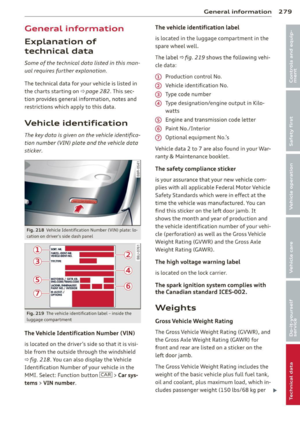 281
281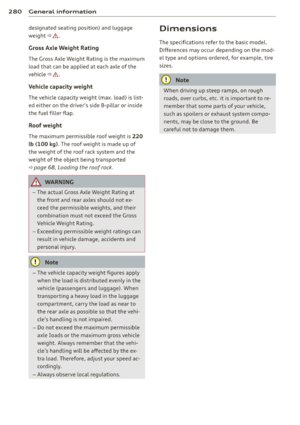 282
282 283
283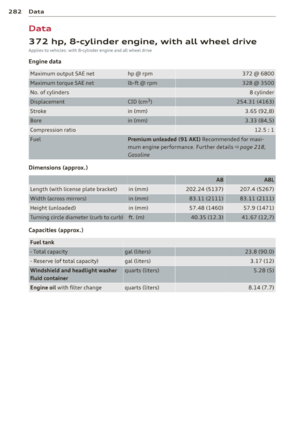 284
284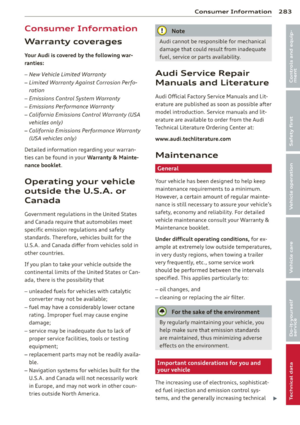 285
285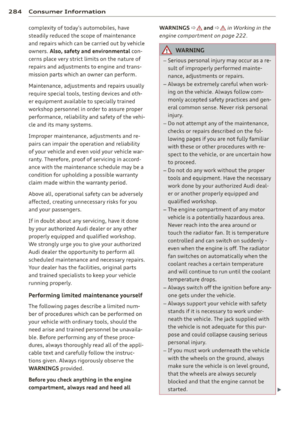 286
286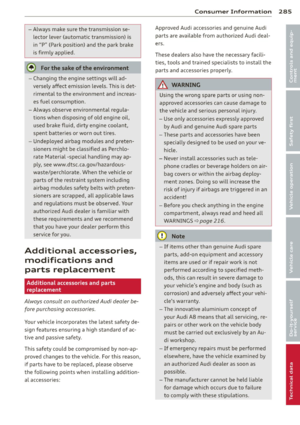 287
287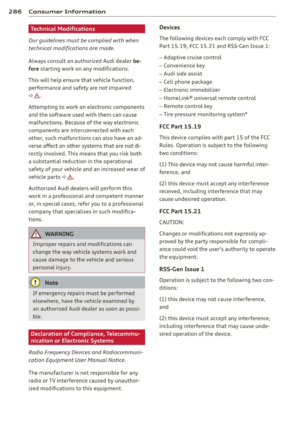 288
288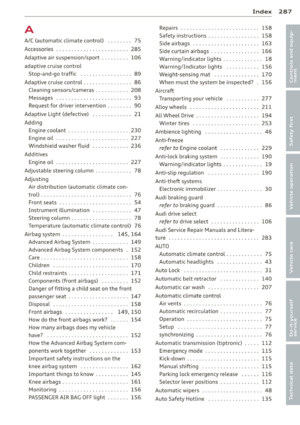 289
289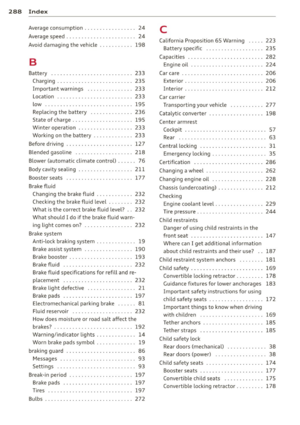 290
290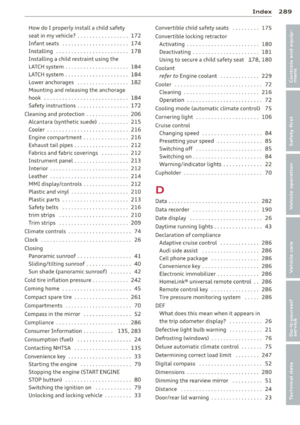 291
291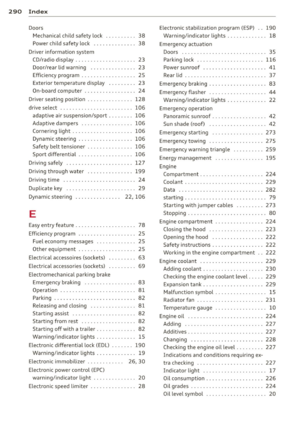 292
292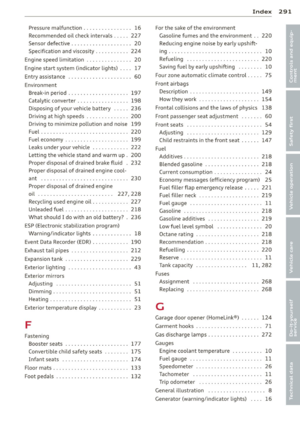 293
293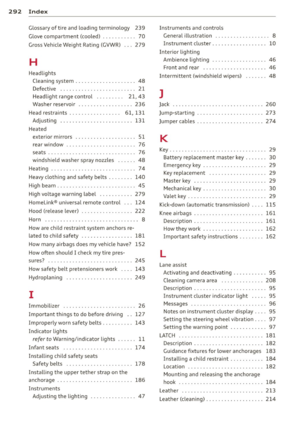 294
294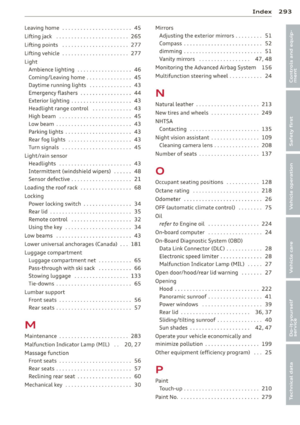 295
295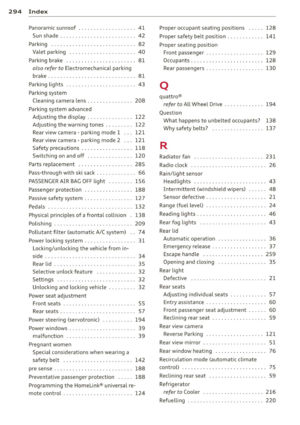 296
296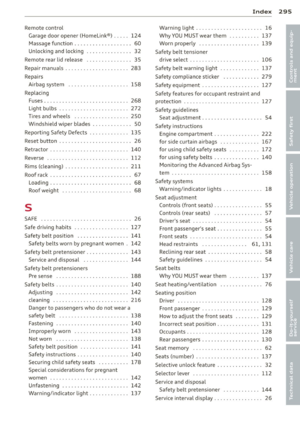 297
297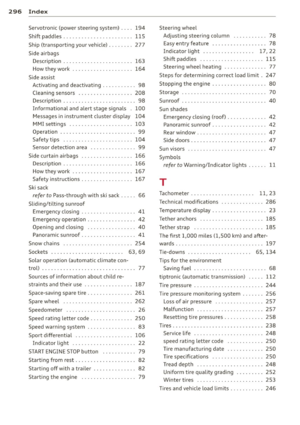 298
298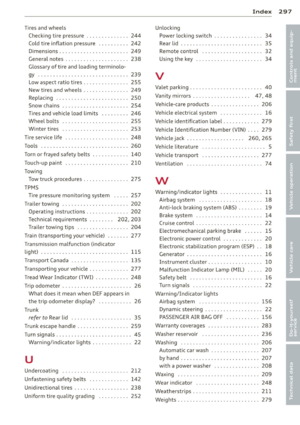 299
299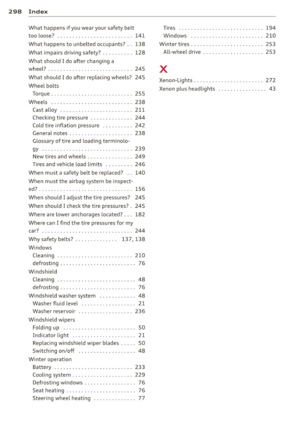 300
300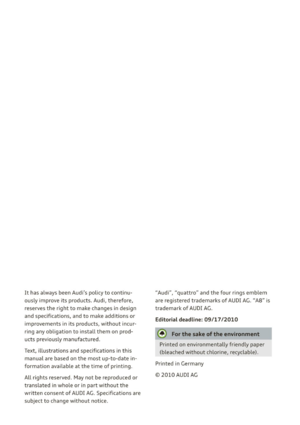 301
301






